The winch is in, and the wiring is now half done!
Back in post 22 and 23 of this thread, I manufactured a bracket to hold the solenoid box for my winch, relocating it to the top of the wheel arch, directly below the false air intake vent on the drivers side wing top. Kudos to Tikka7mm08 whose pic here gave me the idea.
I opted for 50mm2 welding cable to run from the F1 F2 and A terminals on the winch back to the solenoid box. With the winch in situ, it was an easy task of lining up the wiring and making up the cables (with some extra attention to detail, for good measure). I made all cables 1.3m long, which has plenty of leeway for future winch upgrades if needed. In a pinch having the cables at 1.2m would work fine.
I used 50-8 lugs for these components. 50mm2 cable, with 8mm lug hole. I crimped them on with a cable lug crimping tool (similar to a set of bolt cutters, but with crimping dies instead of a cutting blade).
Sometimes it's a pain in the arse to get the copper strands into the lug. What I do here is wrap some electrical cable around it to tighten it up, then force it all in, then slowly unwrap the tape to get the last bit in.
I used 2 types of heat shrink - the black one is a extra thick heat shrink with a glue core, which is great for keeping the connection clean. From what I have researched, heavy cabling such as this is most likely to fail at a connection point, and this can be due to oxidation of the copper due to moisture ingress etc. For future proofing it, I used this, as well as a coloured tab which corresponds to the coloured Post markers which Warn uses on their winches (along with the F1 F2 and A markings).
I used a MAPP gas torch to shrink the heavy tubing down. If you look closely, you can still see my finger print embedded into the molten plastic
All finished, with grommets installed before the lugs and heat shrink (pro tip!).
The cables were routed from the winch terminals on the Drivers side of the winch, over the chassis rail / bullbar mounting point, and down to the panel which sits directly below the Driver's side headlight.
I drilled 3x 25mm holes, and used 1 inch grommets
I also used the supplied silicone boots for the cables I made up. If anything, this will keep the terminal posts that little bit more corrosion free. If I want to go full retard, I might even fill them with dielectric grease.
With my bracket installed, it's all fairly compact in there.
The winch itself also has a black earth cable and a brown wire which need to be extended. I will cut the wires as shown (with a correct tool) and they will follow the same route as the heavy cable.
If you are playing along at home, the screws for the wing top cover will potentially wear thru the cables. I just cut mine down to length for good measure. I might look at some new screws when I can.
From the engine bay looking in, it's a fairly sleek and stealthy install. should not get in the way of any mechanical work, and is still fiarly easy to access as long as you have a phillips head screwdriver and a 13mm wrench for the cable lug bolts.
Next step is to plan the cable route and measure what lengths I'll need for the latter half of the cabling.
The plan was to run 70mm2 cable from here back, which should give approx 0.6V voltage drop over a 6m span at 50 degrees C, and 360A draw. Warn recommends <1v drop for their winches, and 360A is the amperage draw for the full 9500lb pull on the first layer of the drum for my winch. Realistically, Its an ass-tonne of overkill, but it's a safety net should I need it (and a good way to spend a afternoon tinkering on the landy to boot!).





 Reply With Quote
Reply With Quote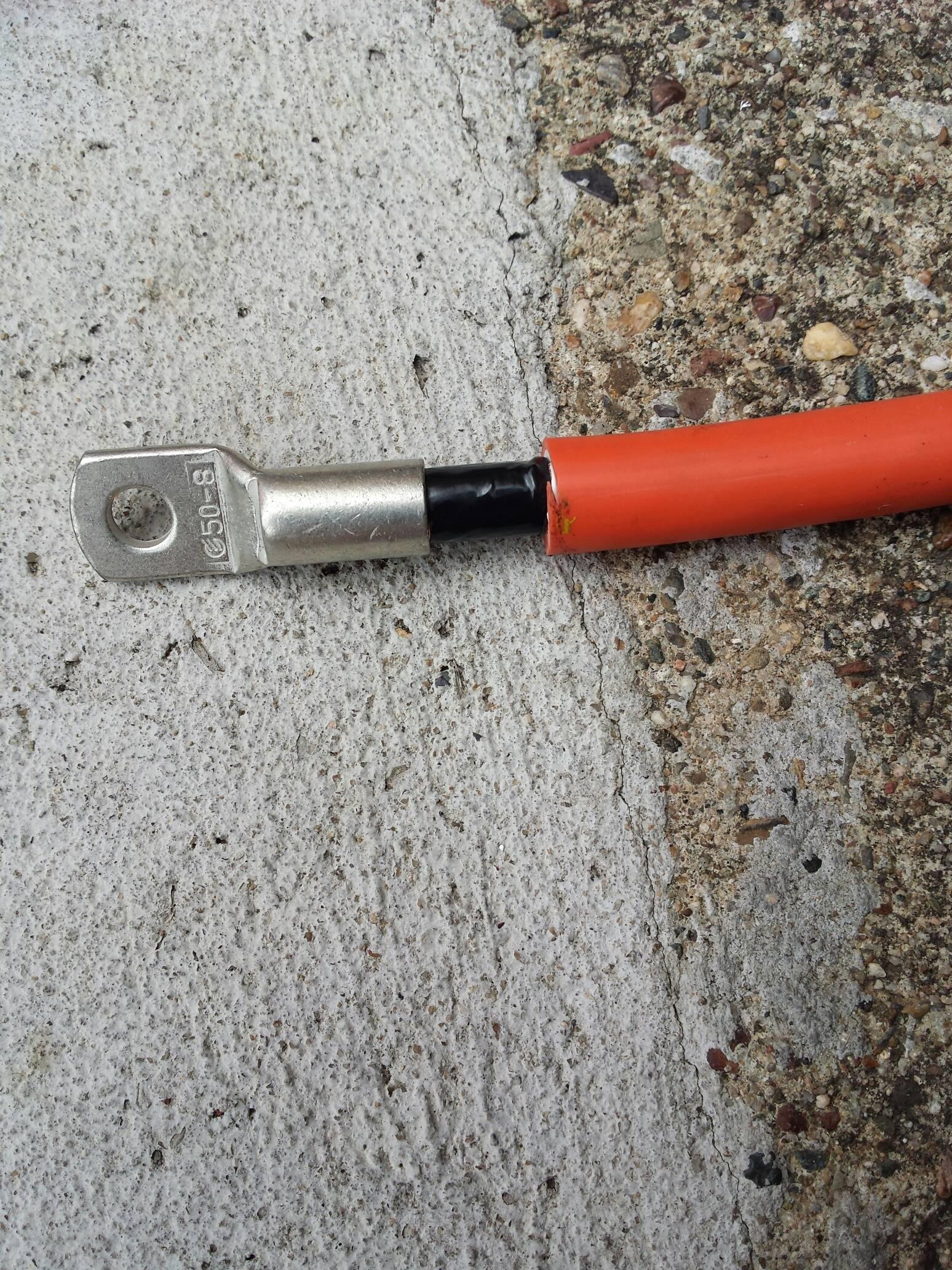
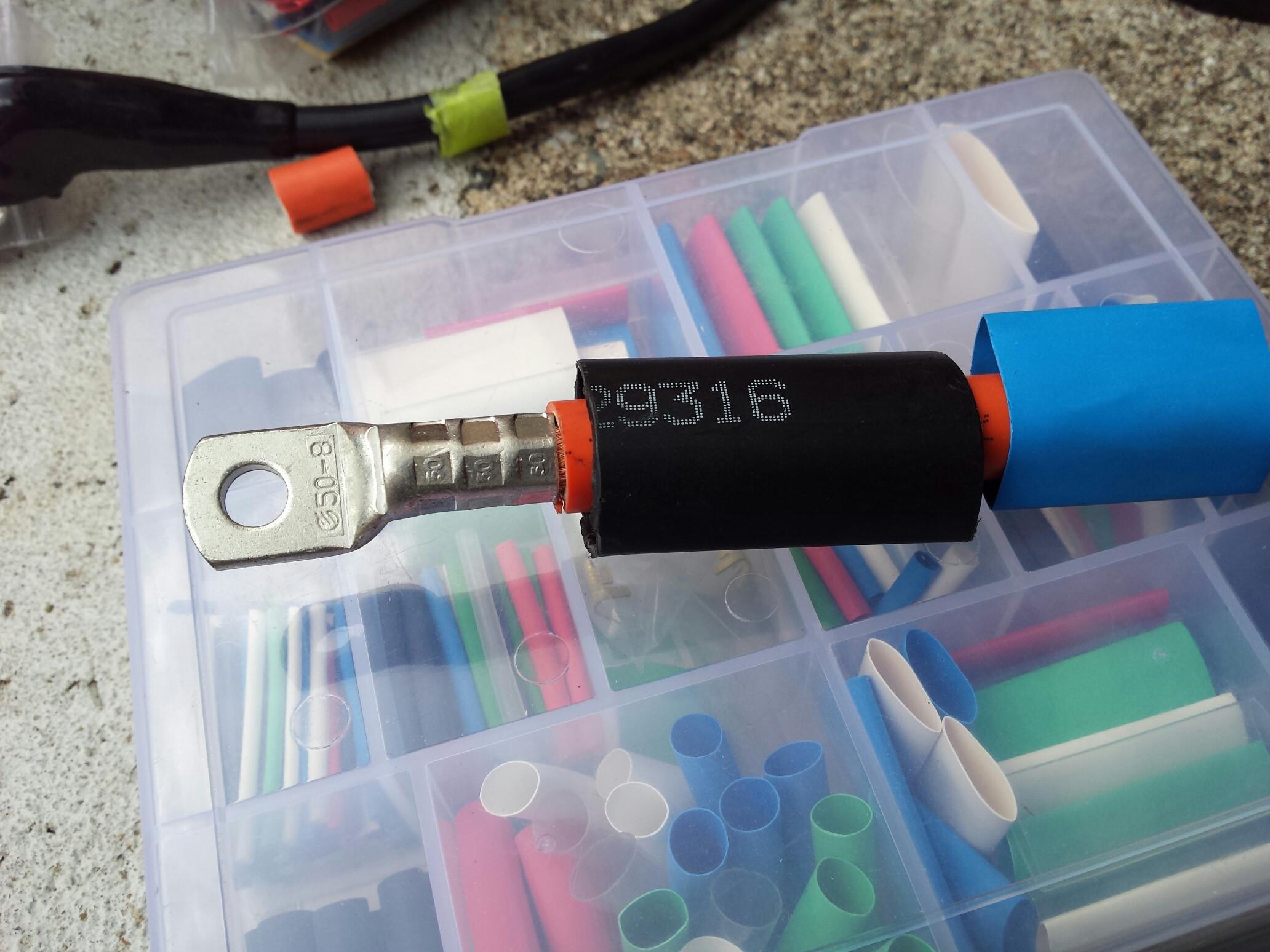
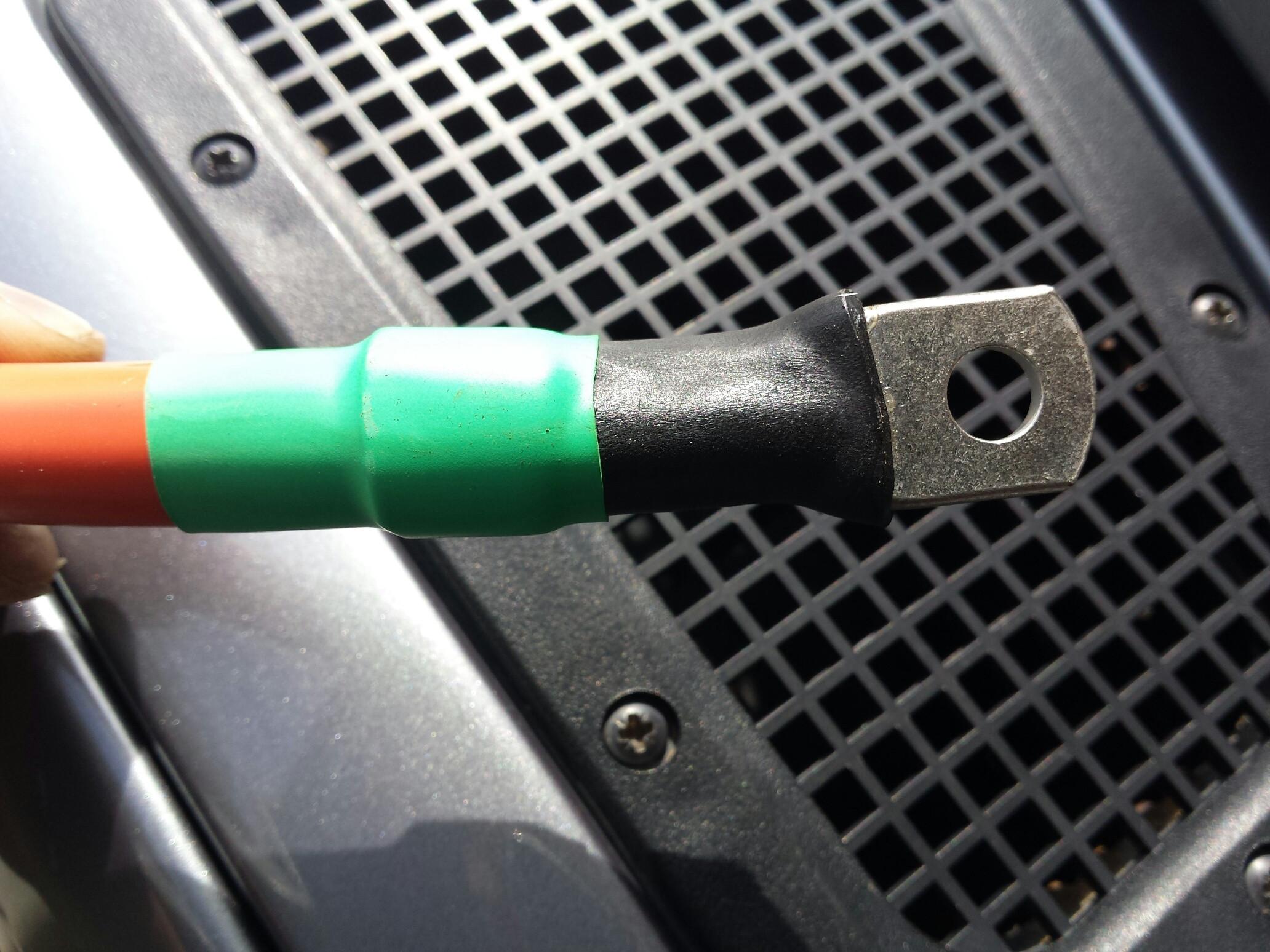

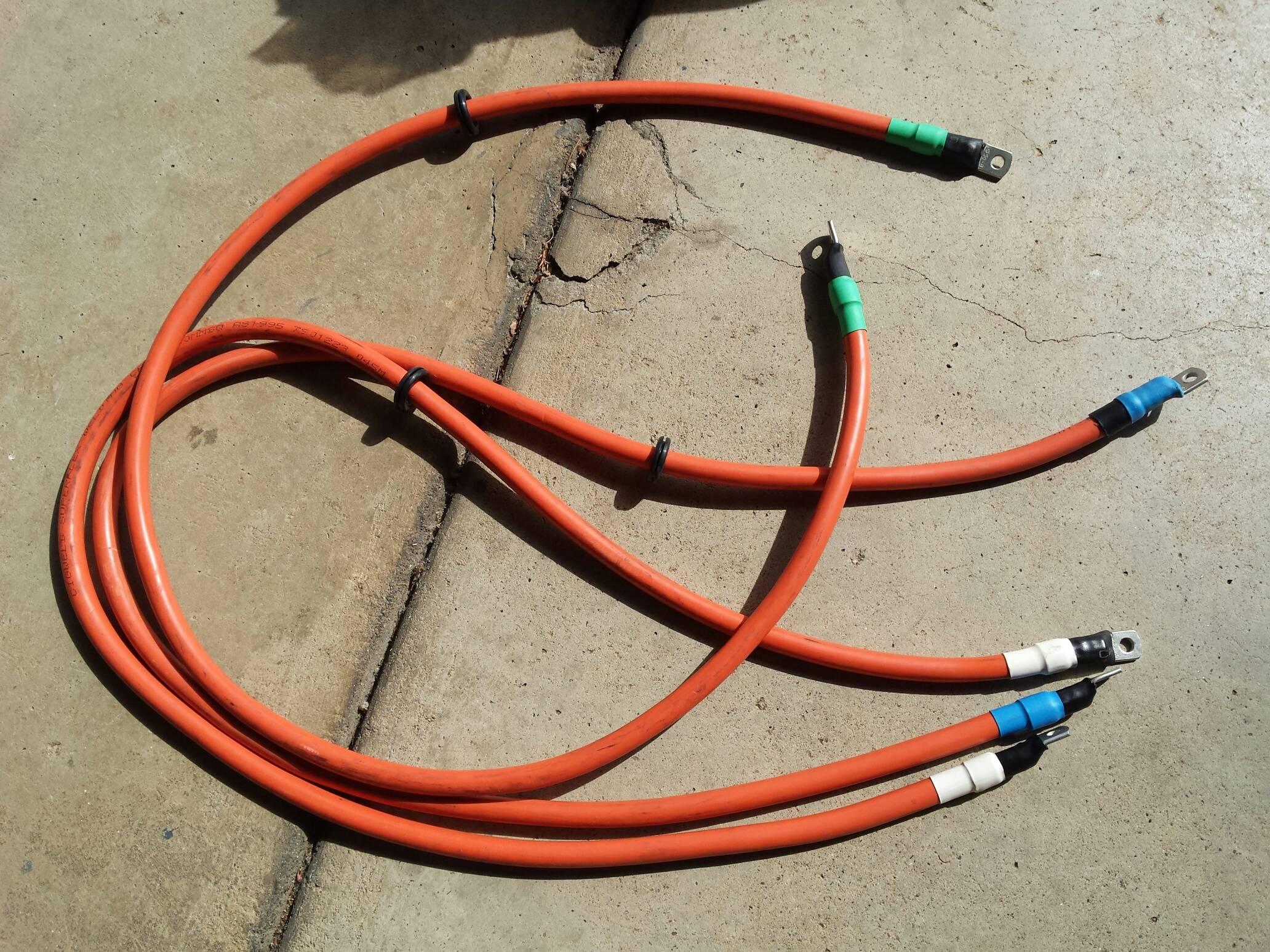
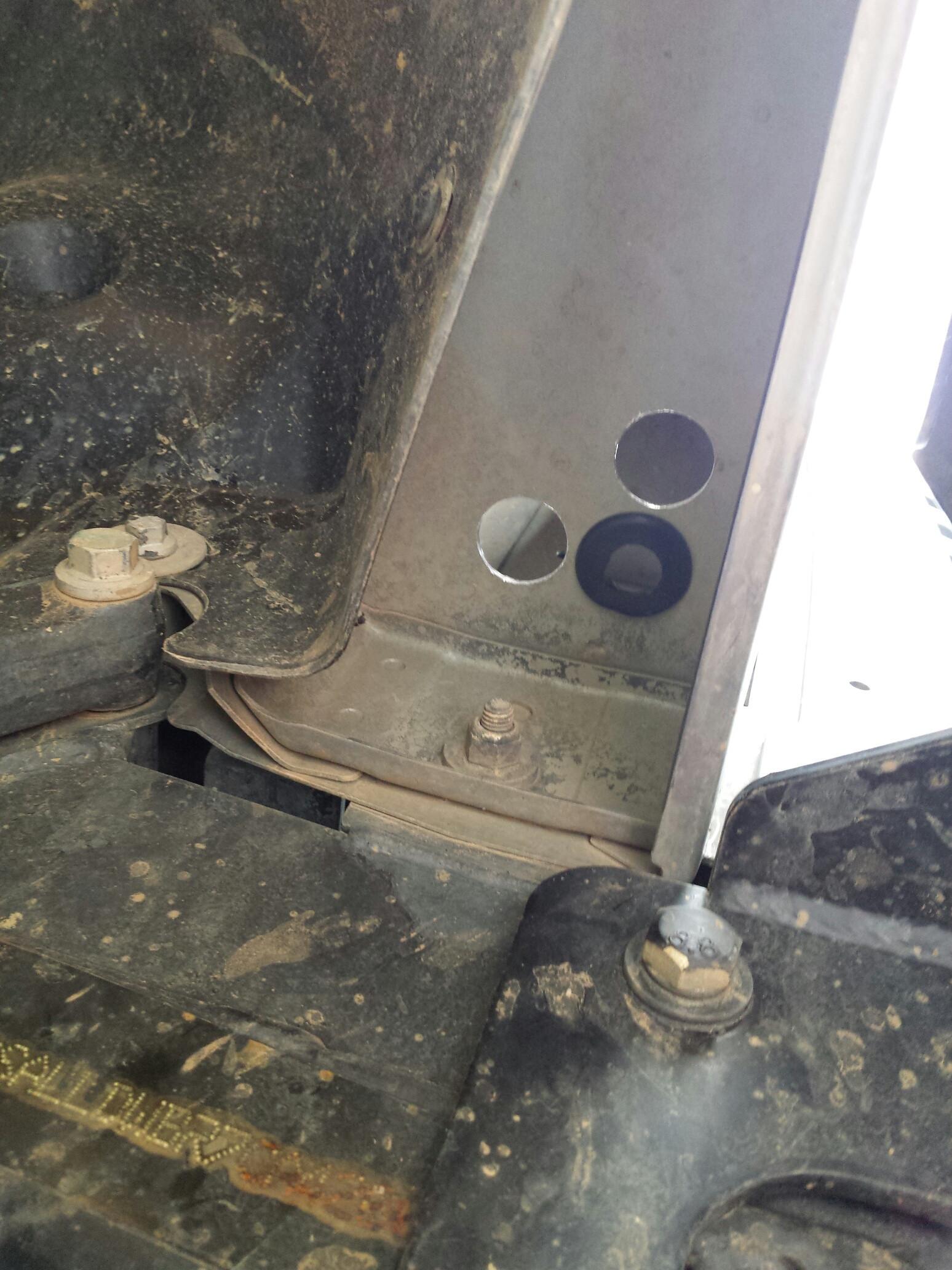

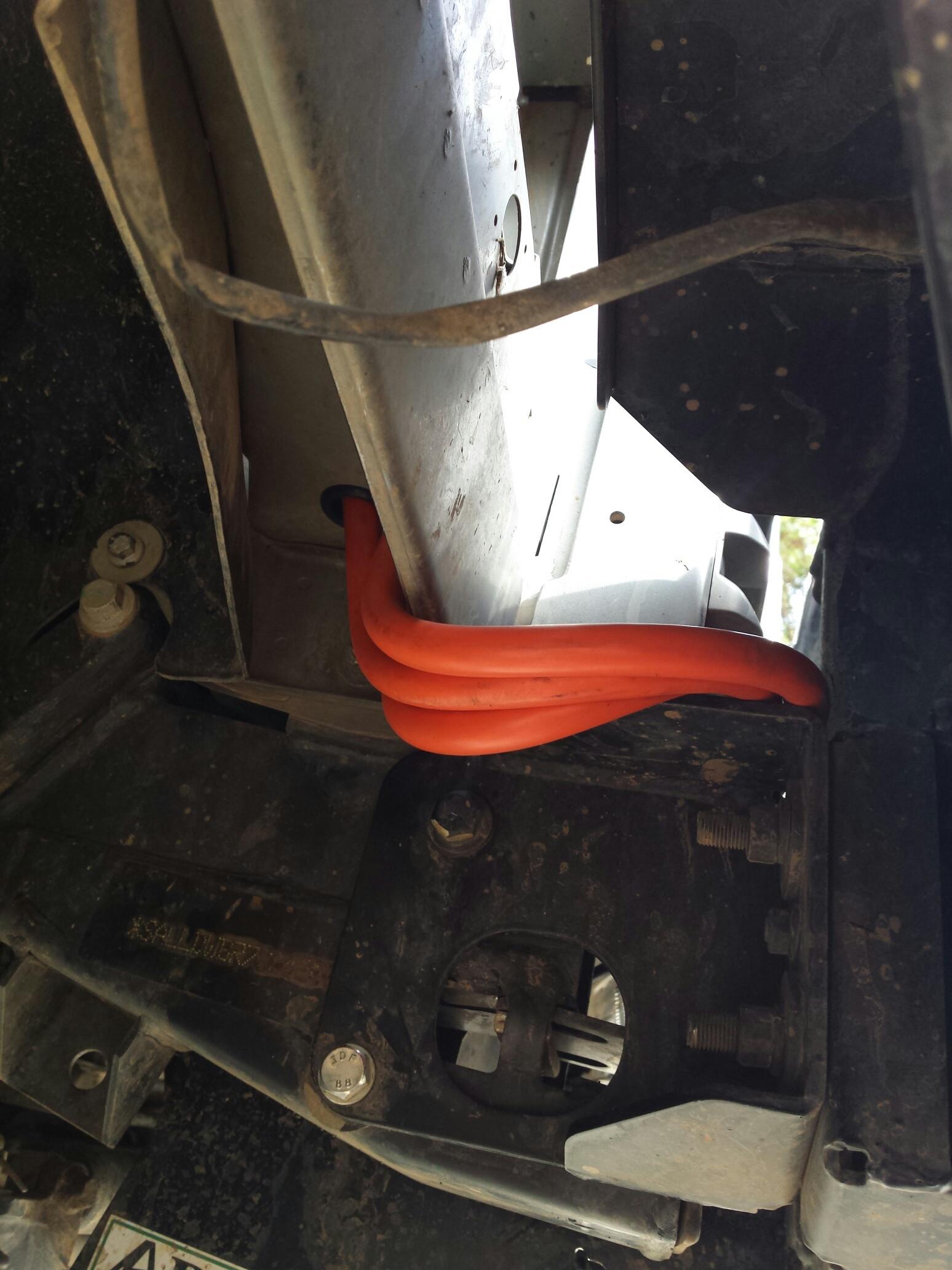
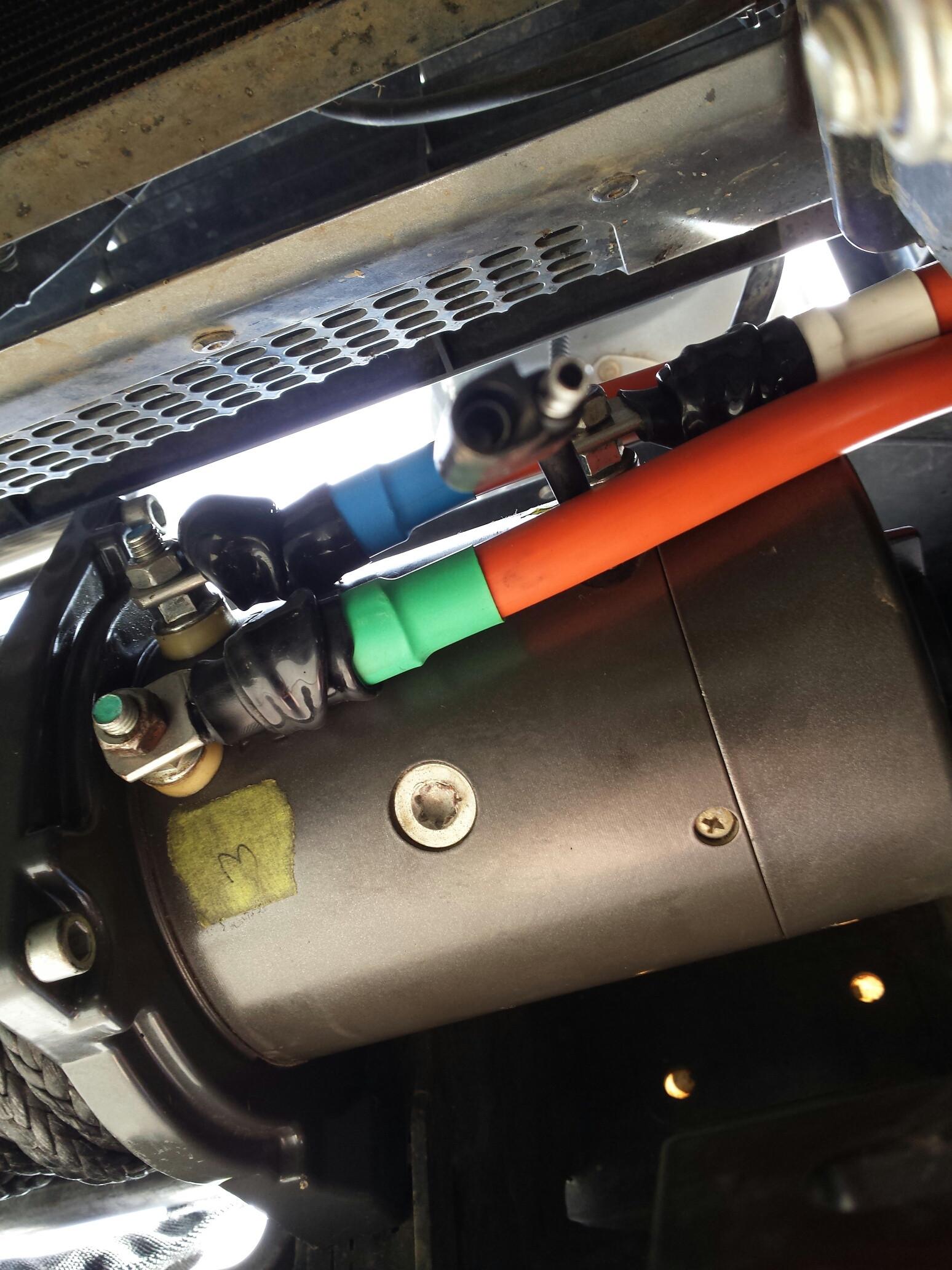

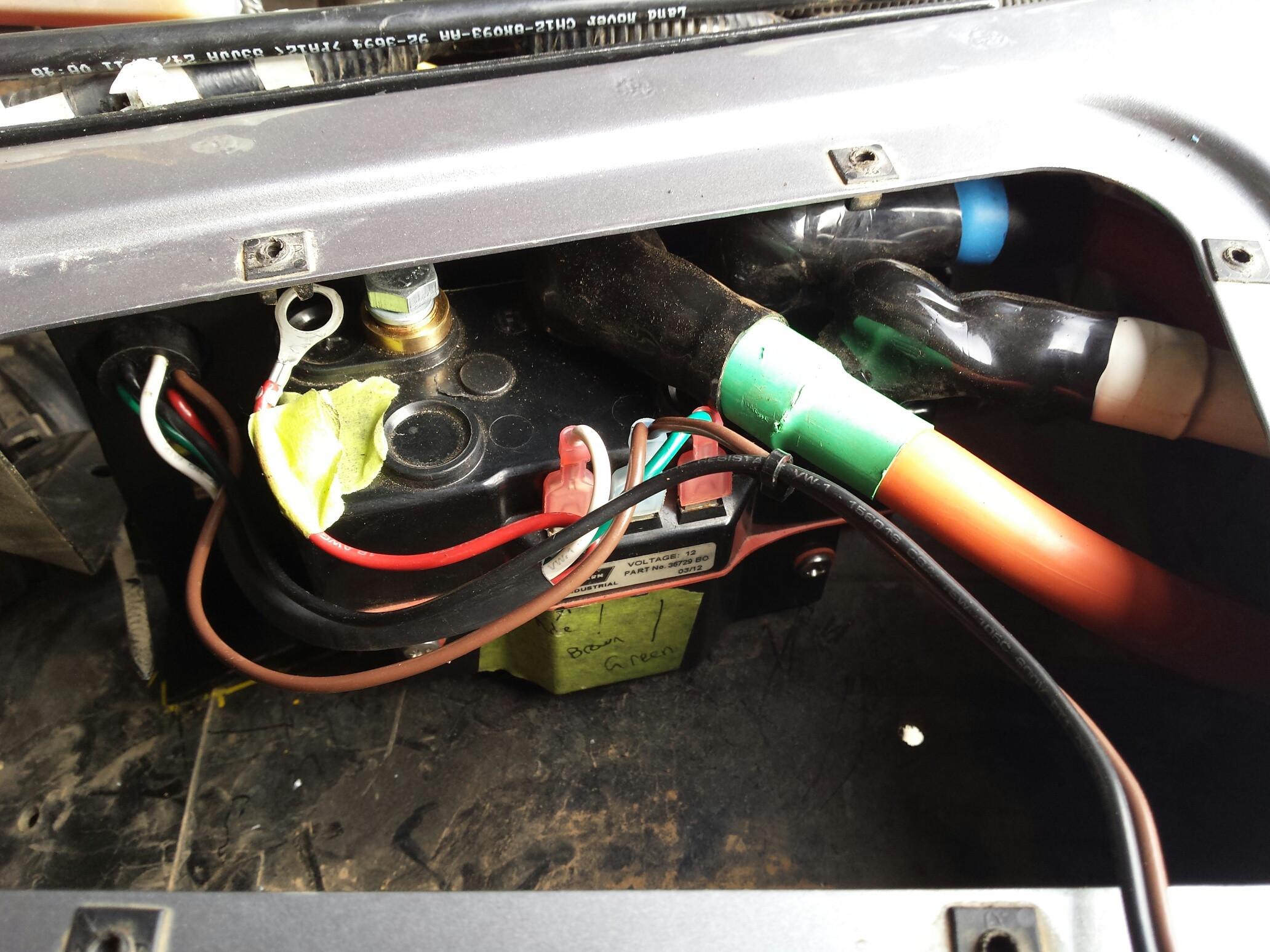
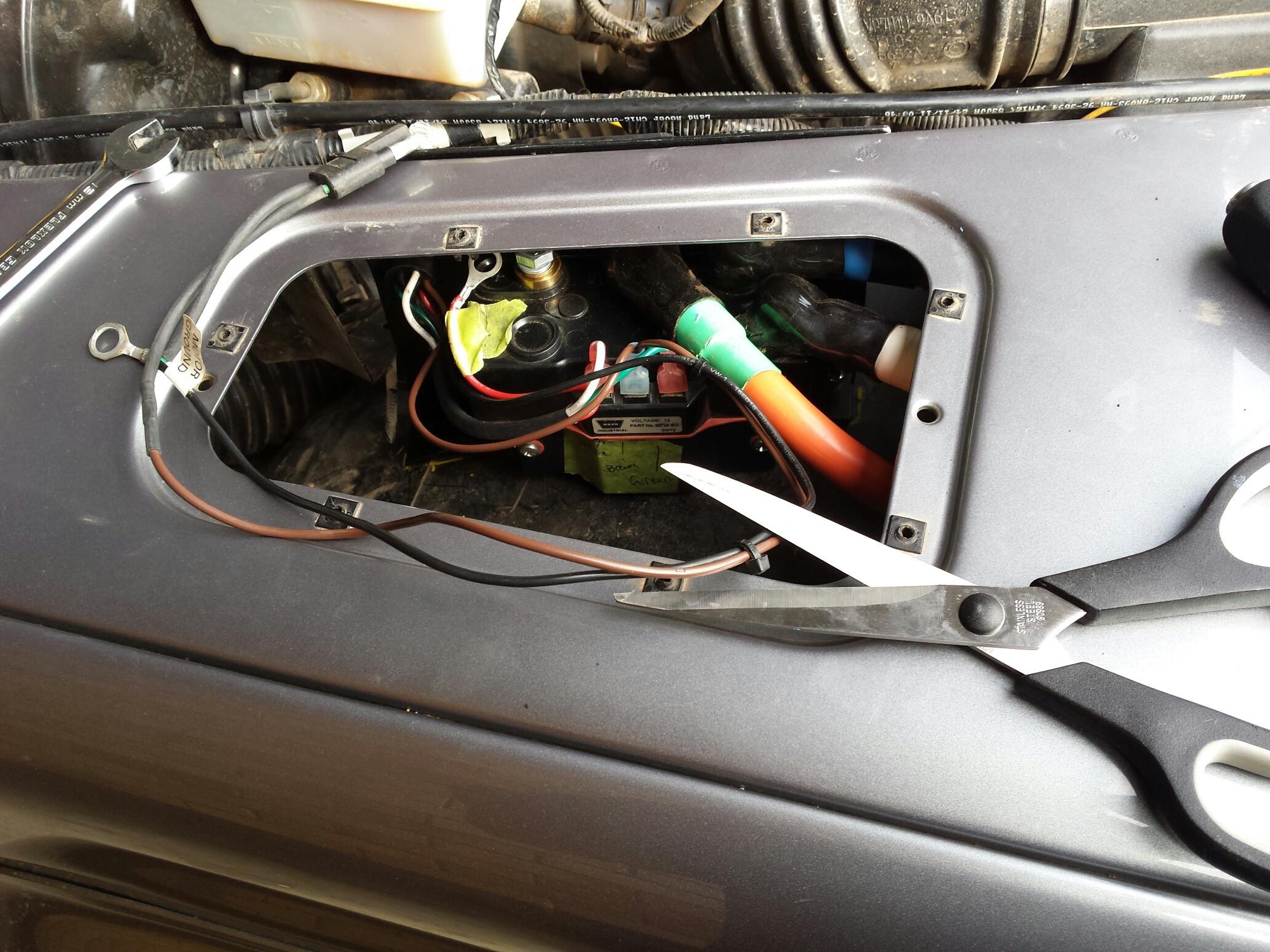
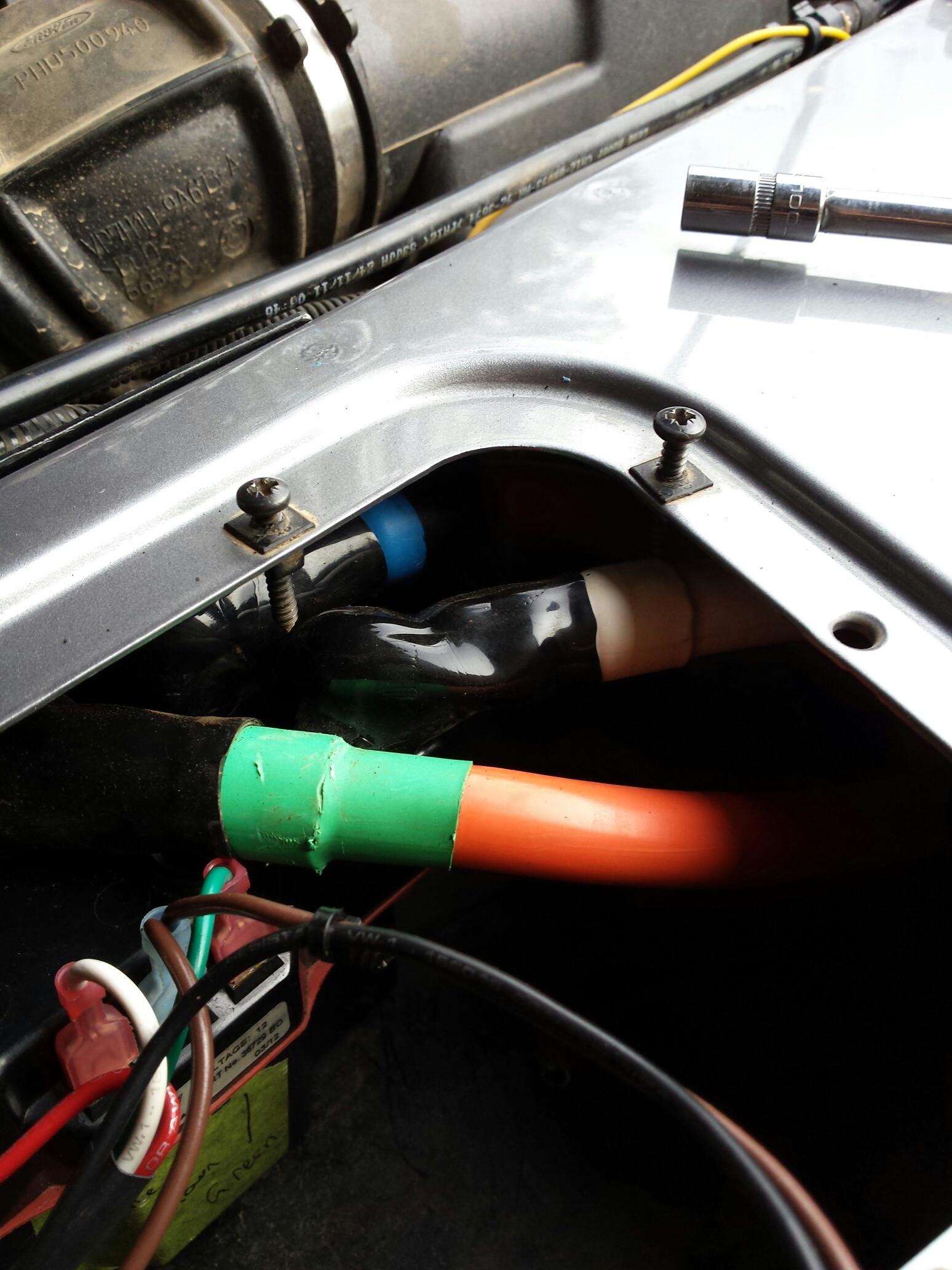
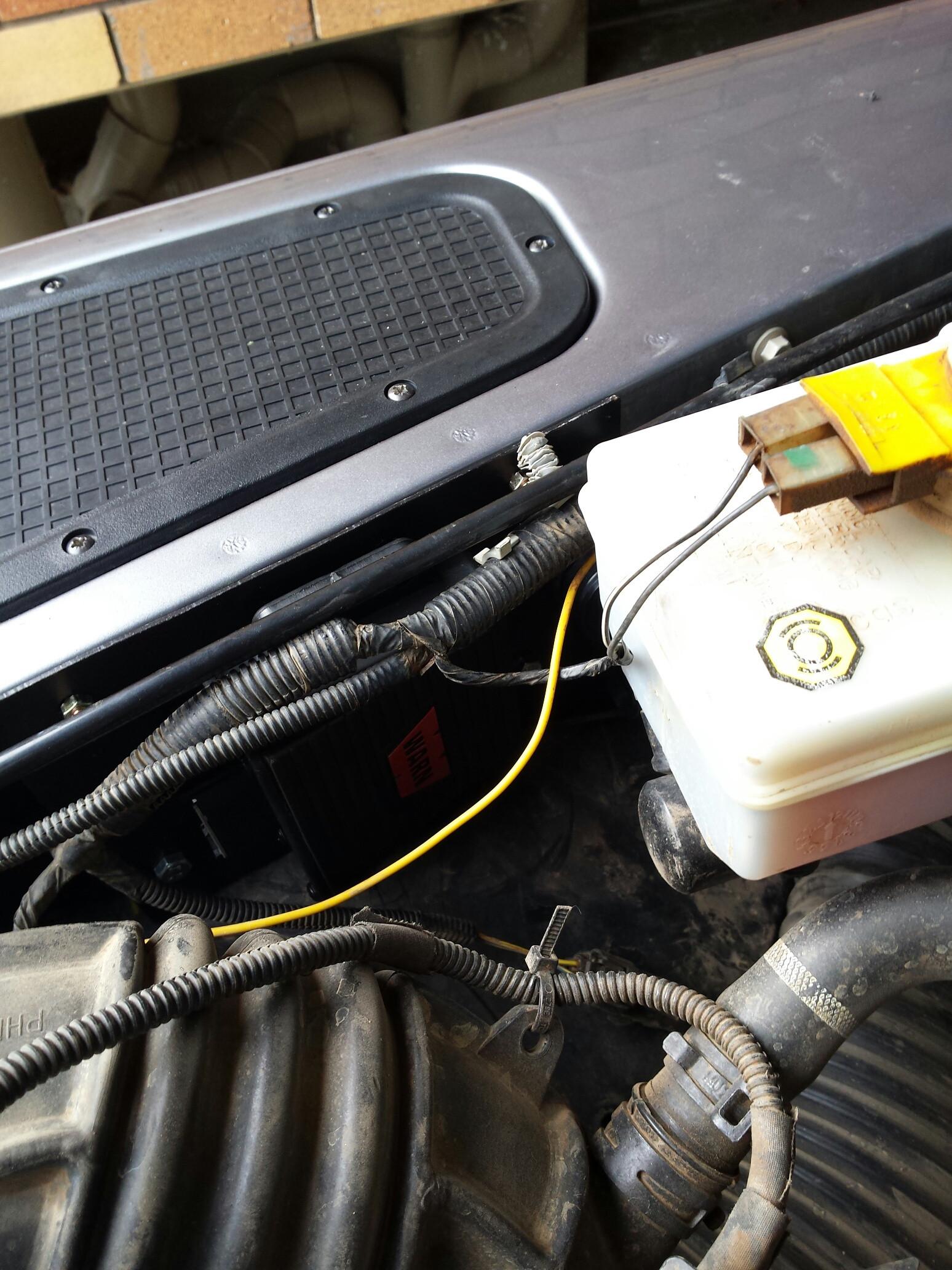
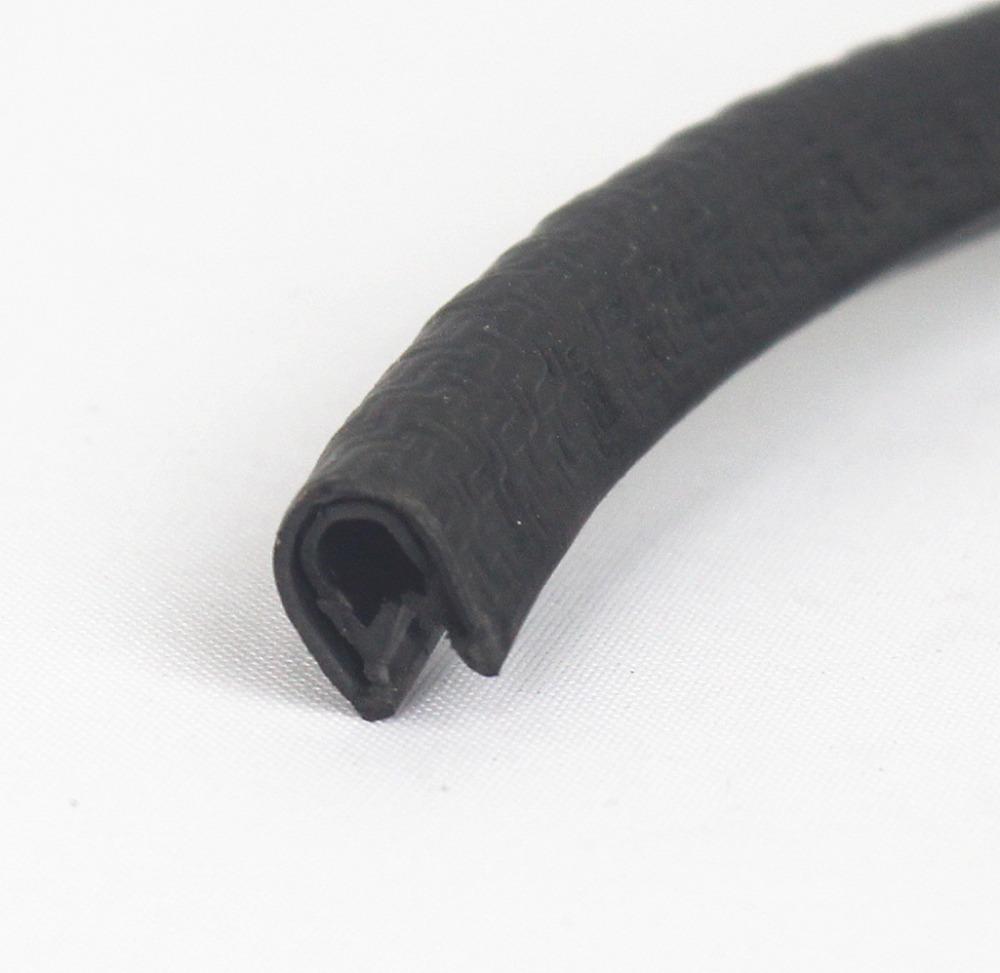

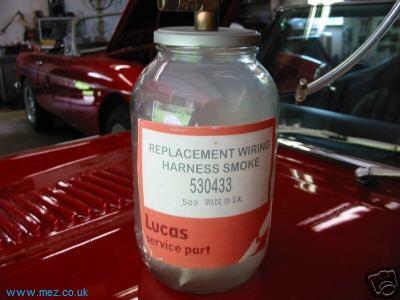


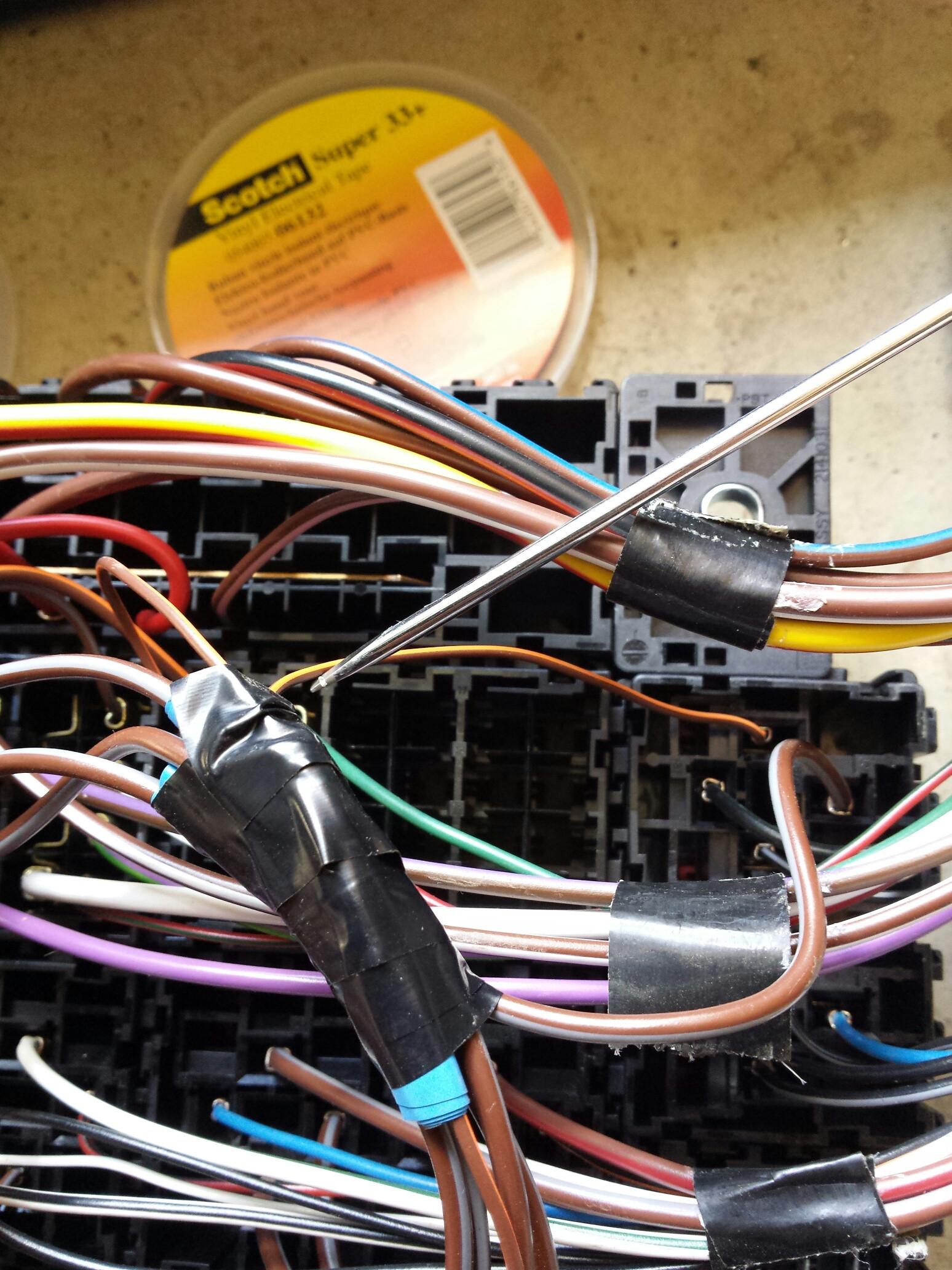

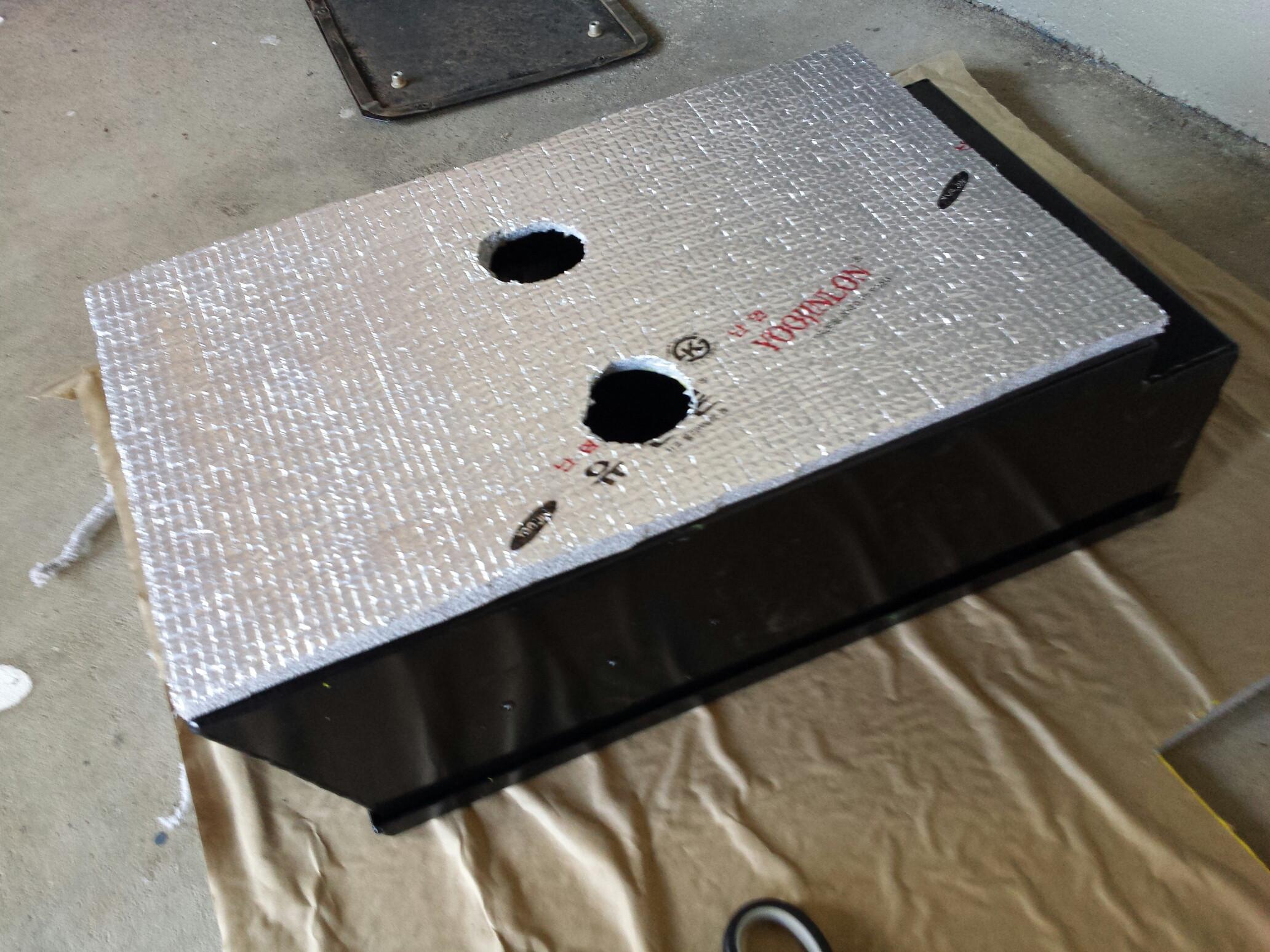
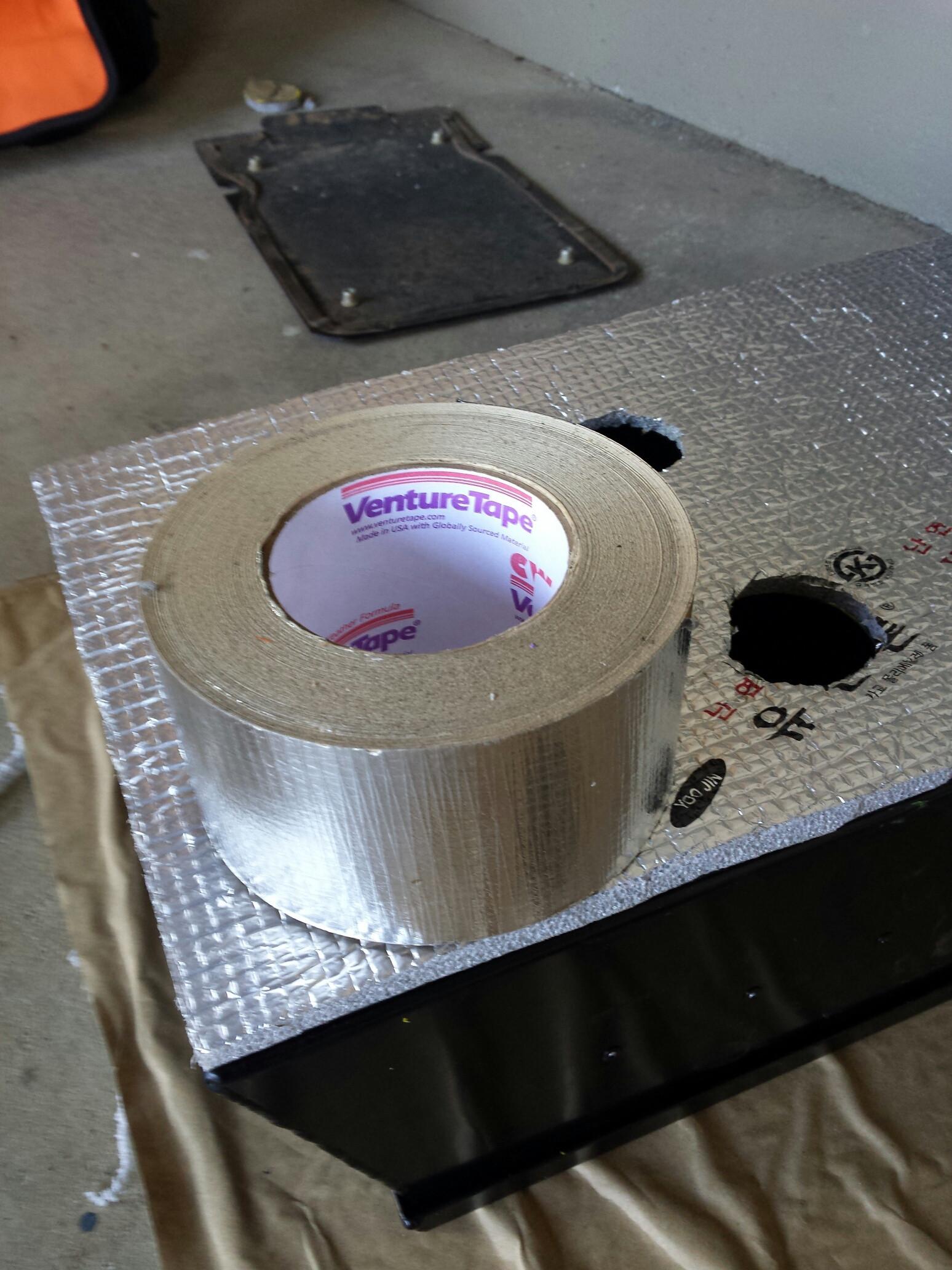
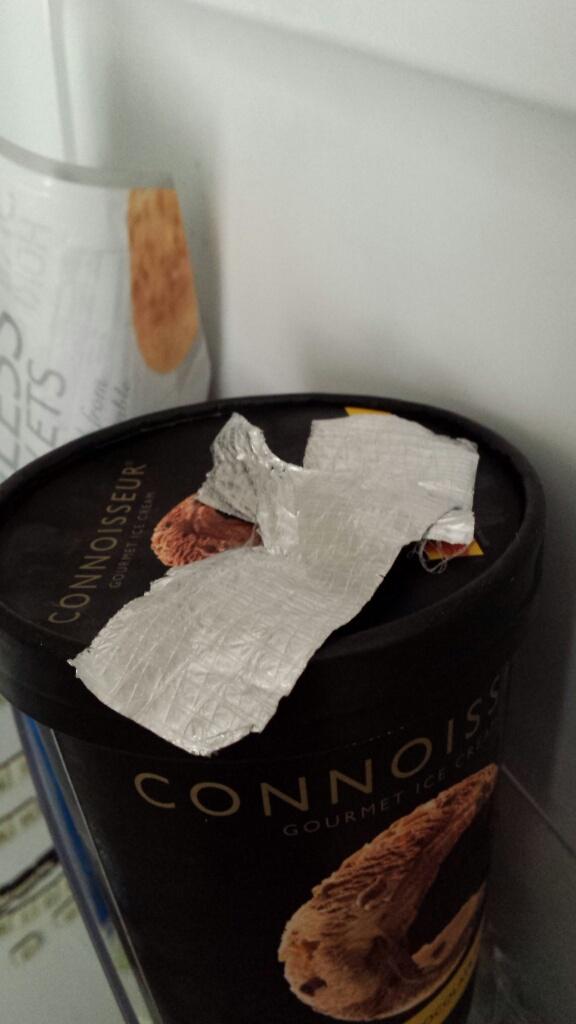
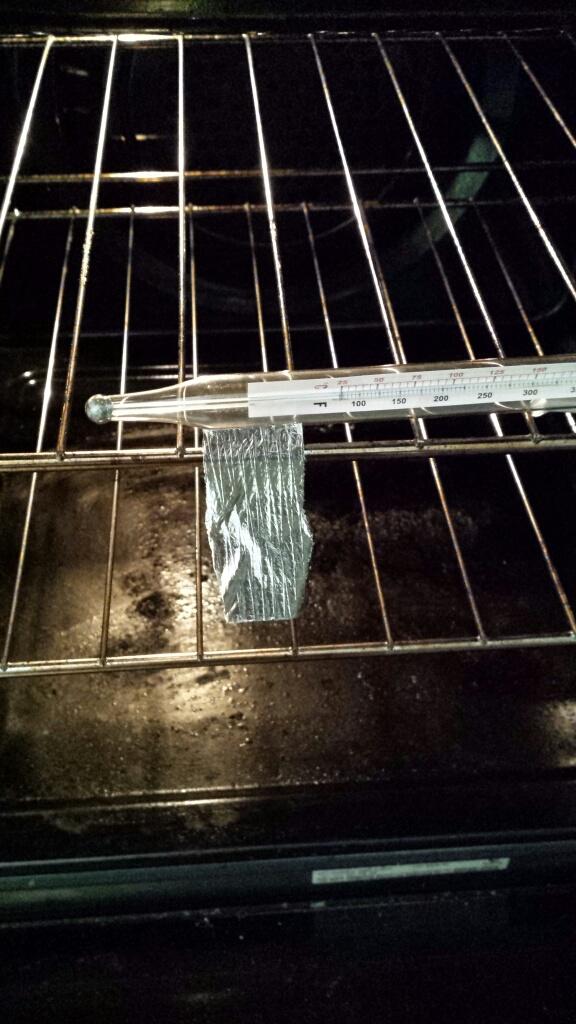

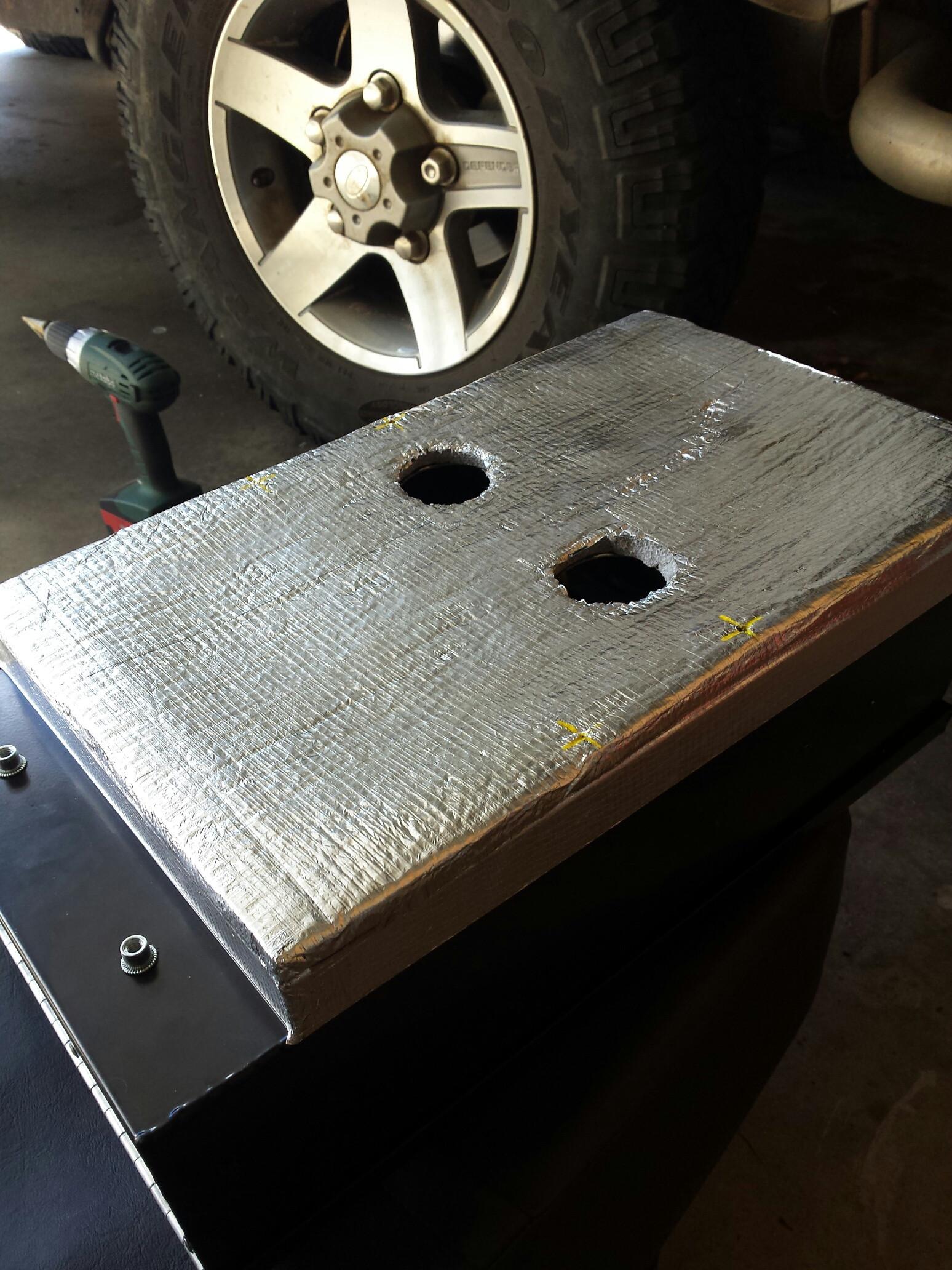
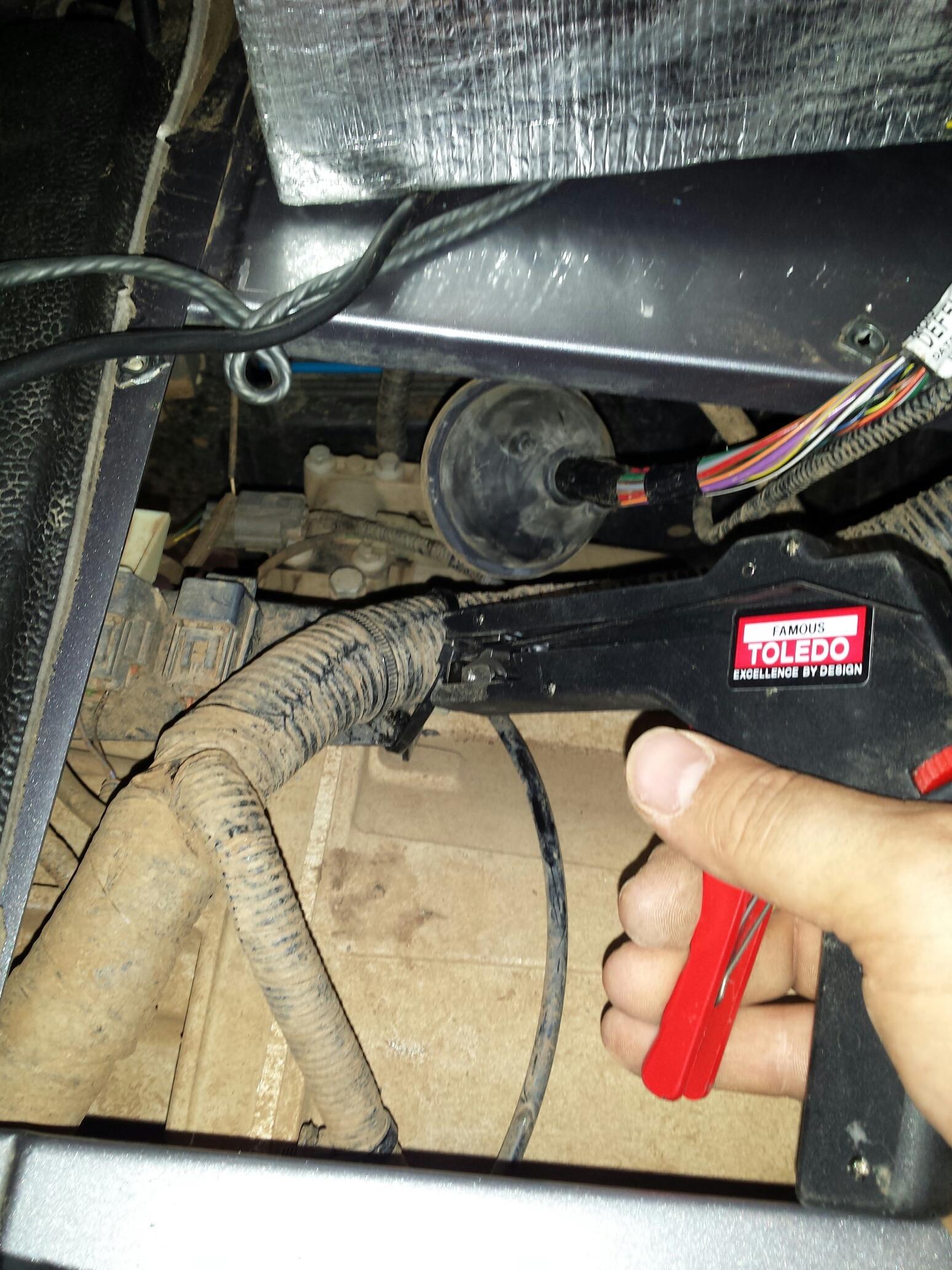
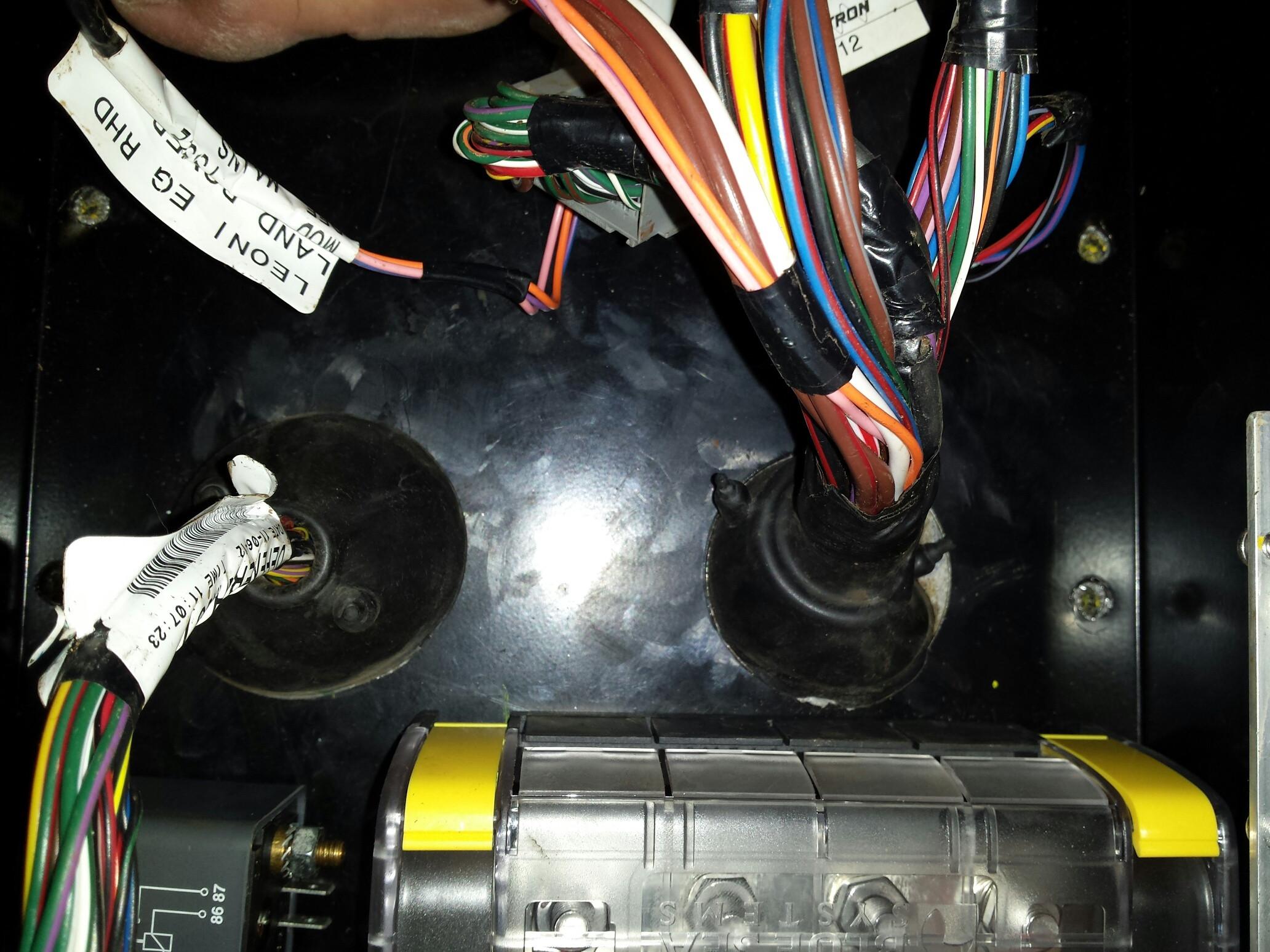
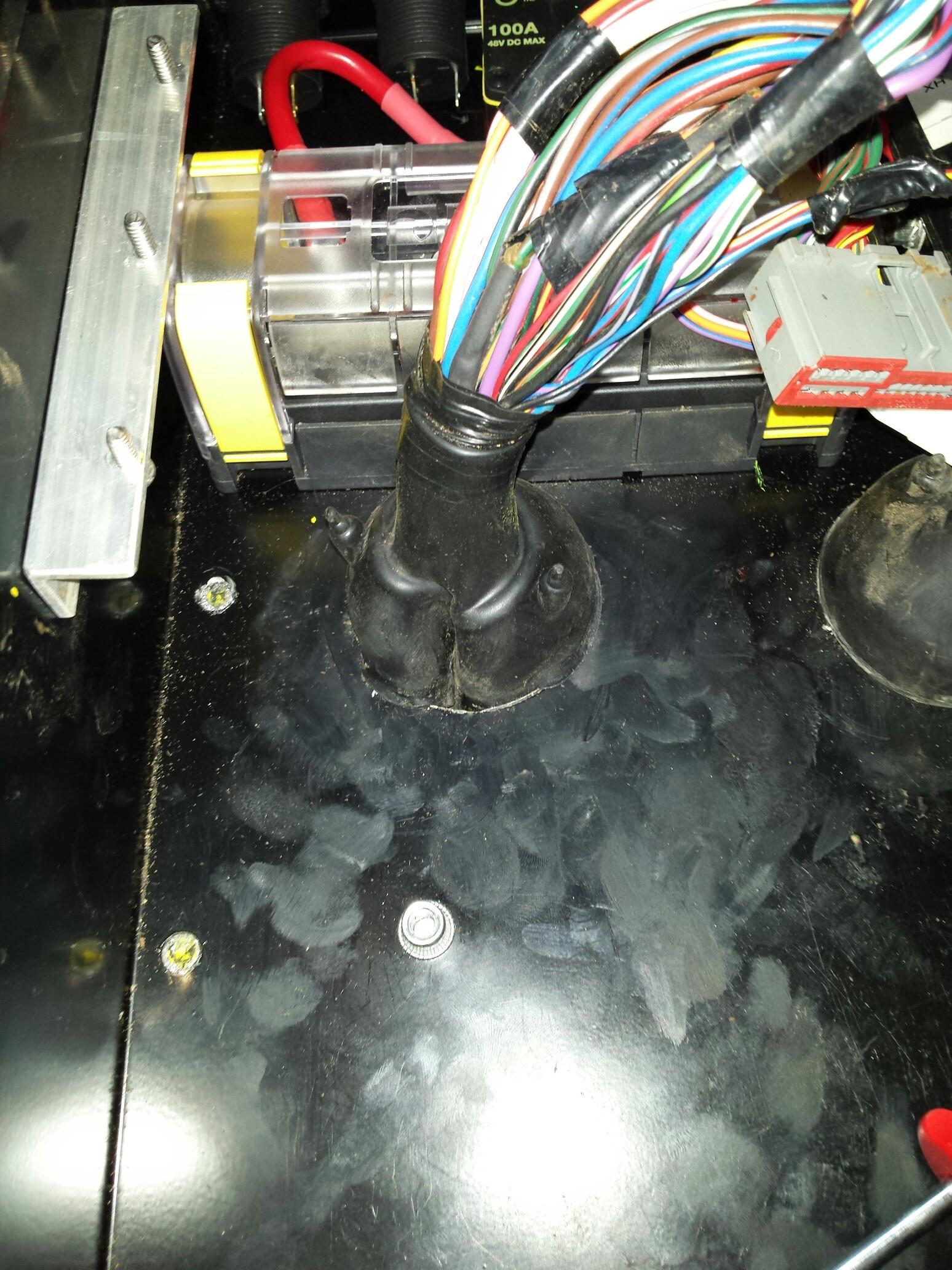
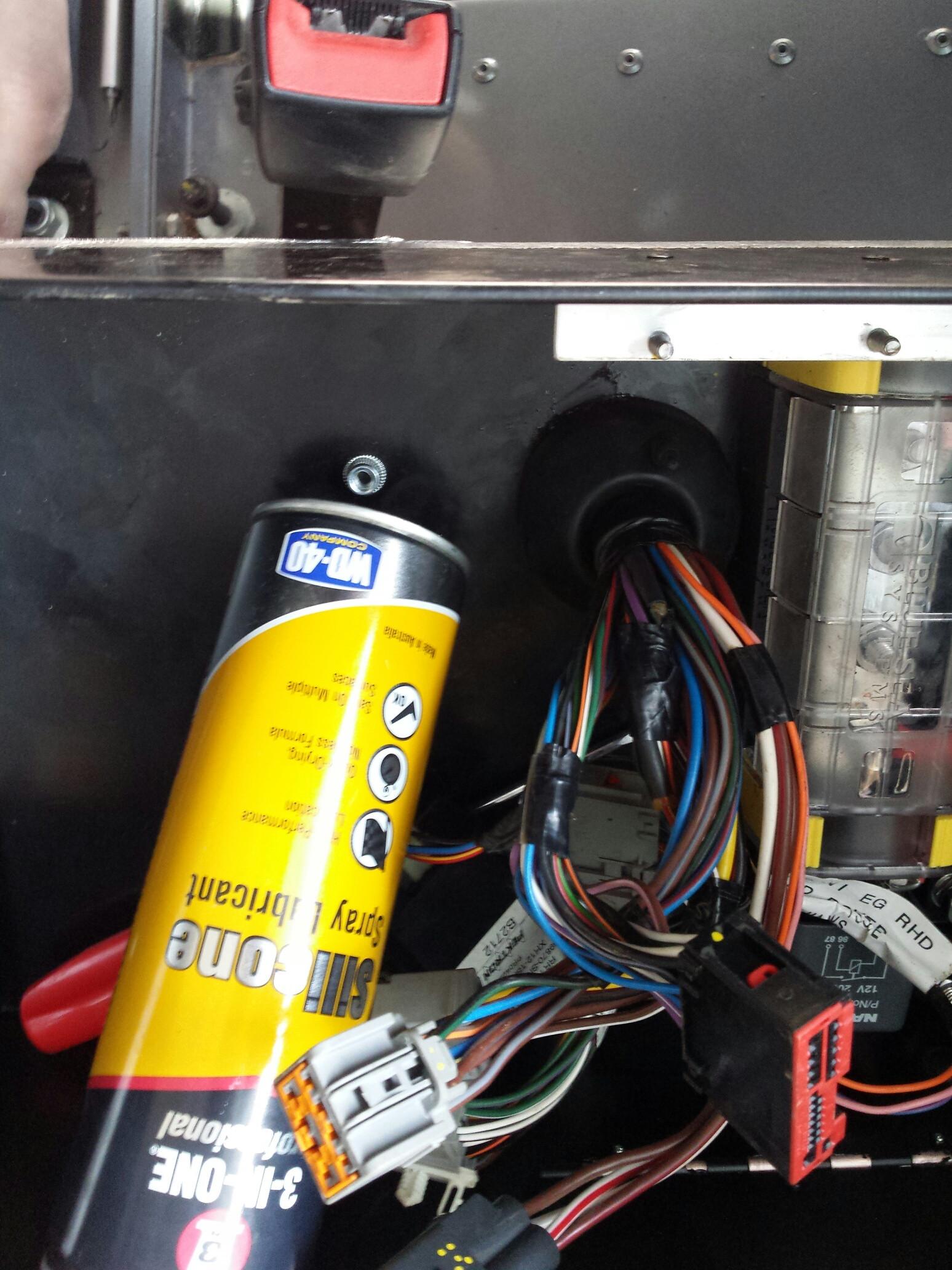
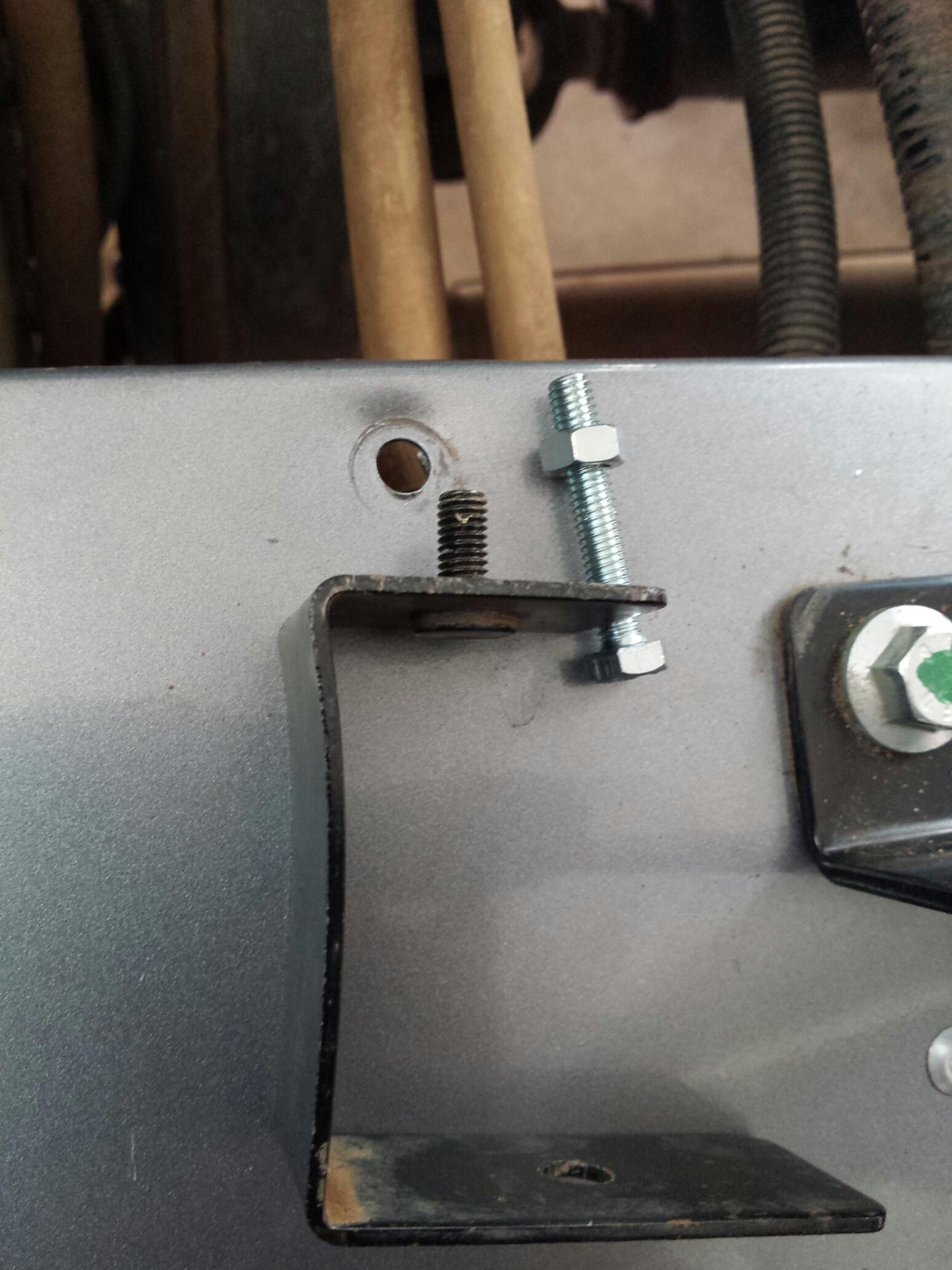
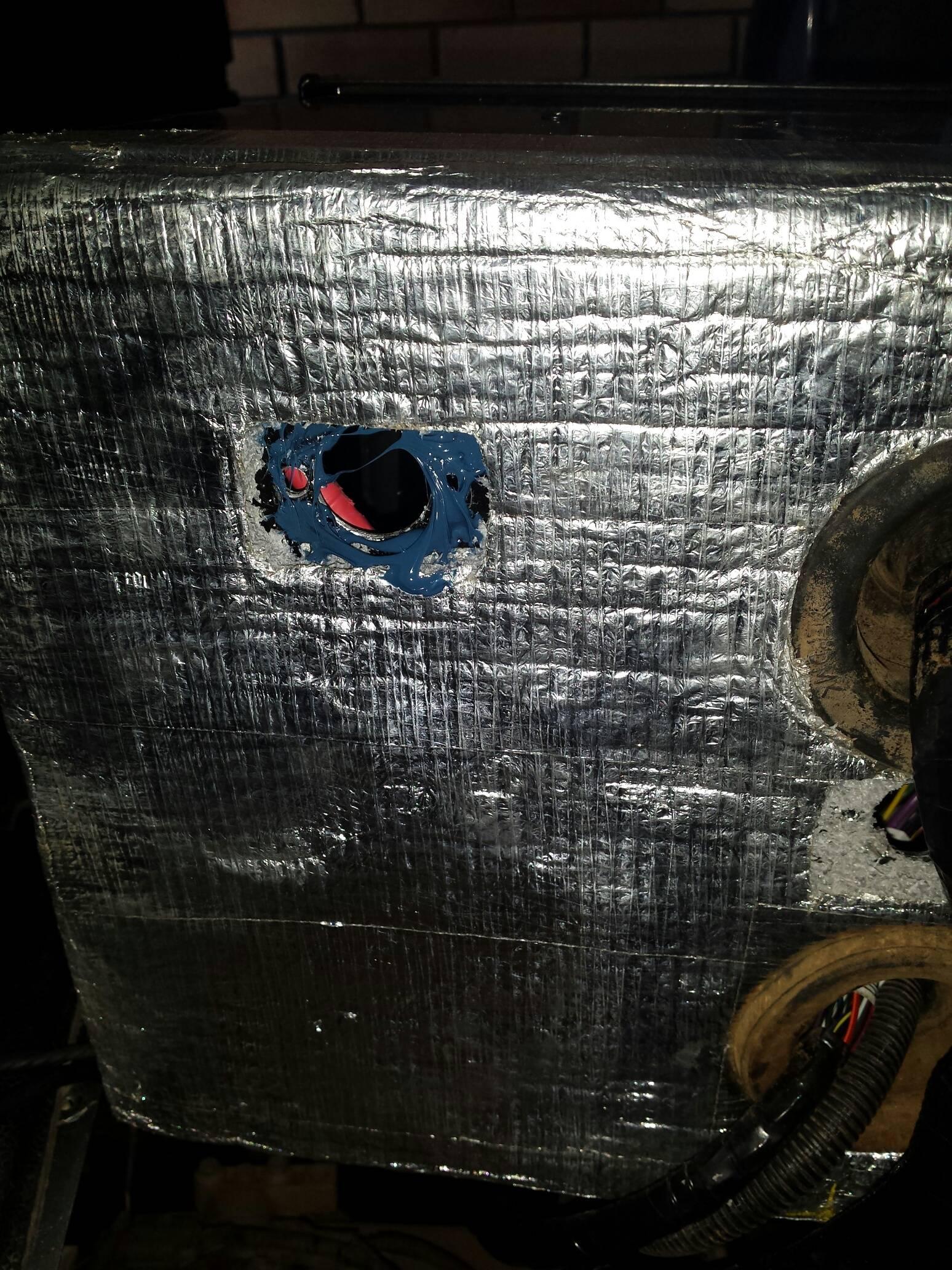
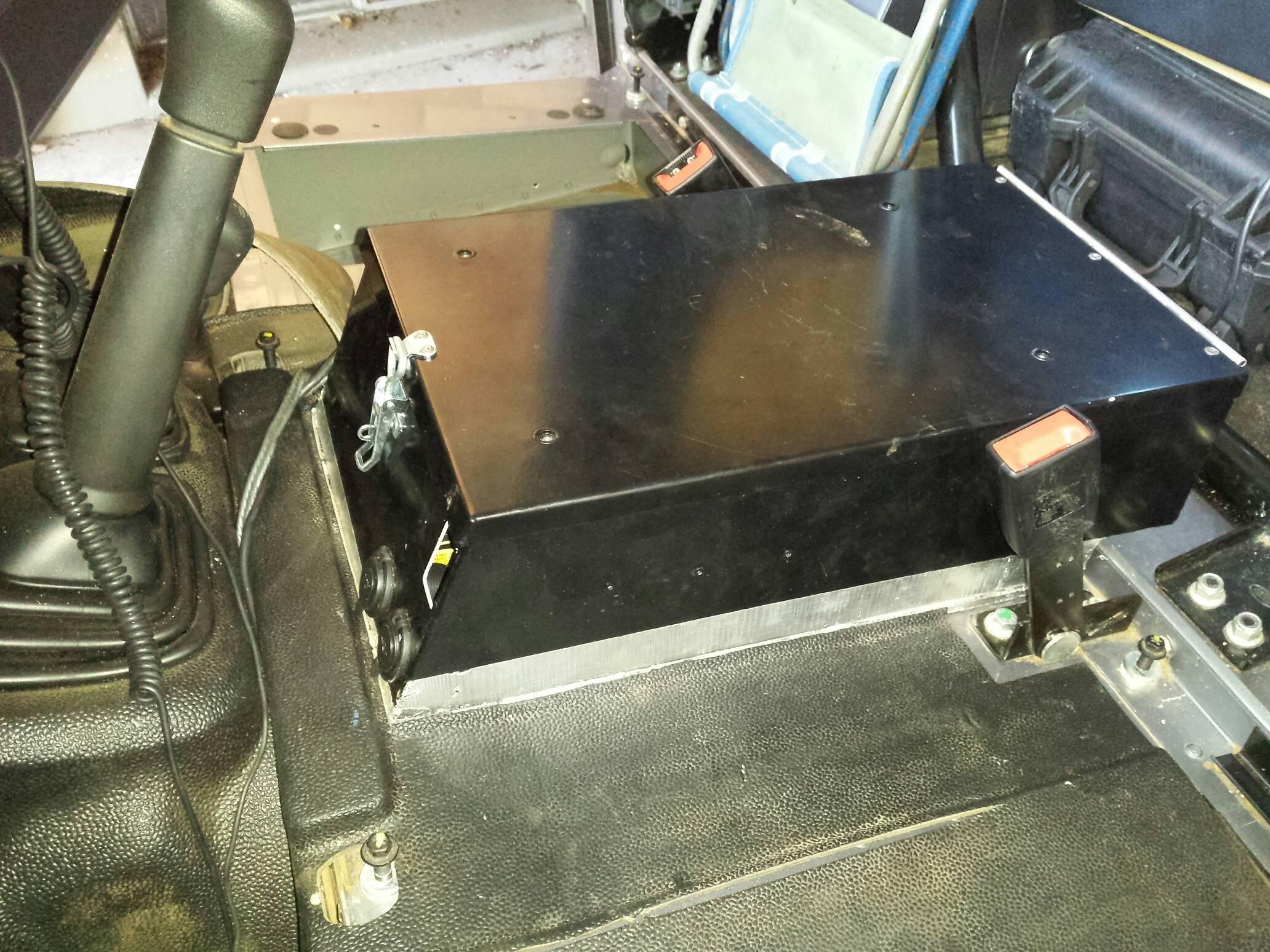


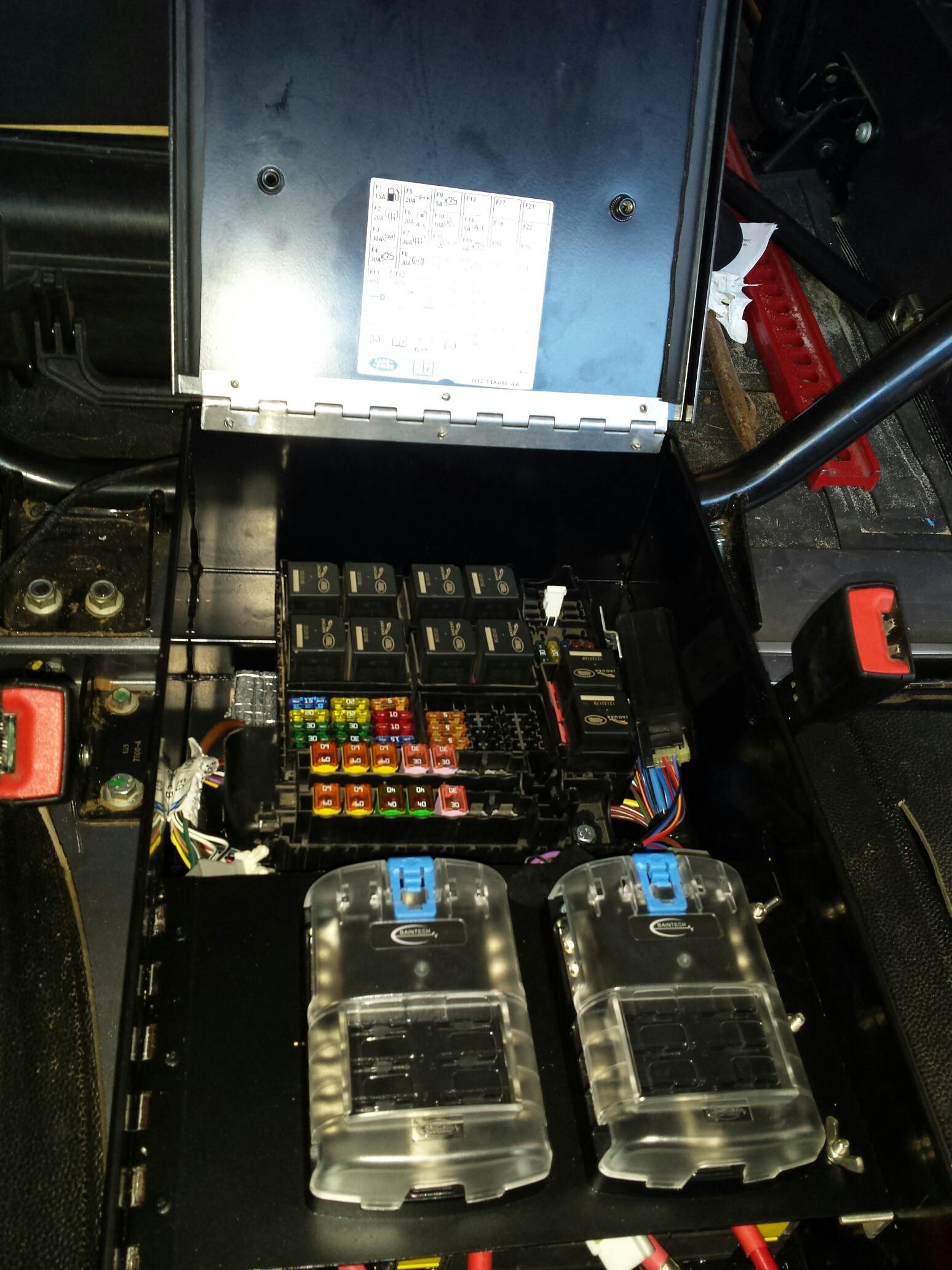
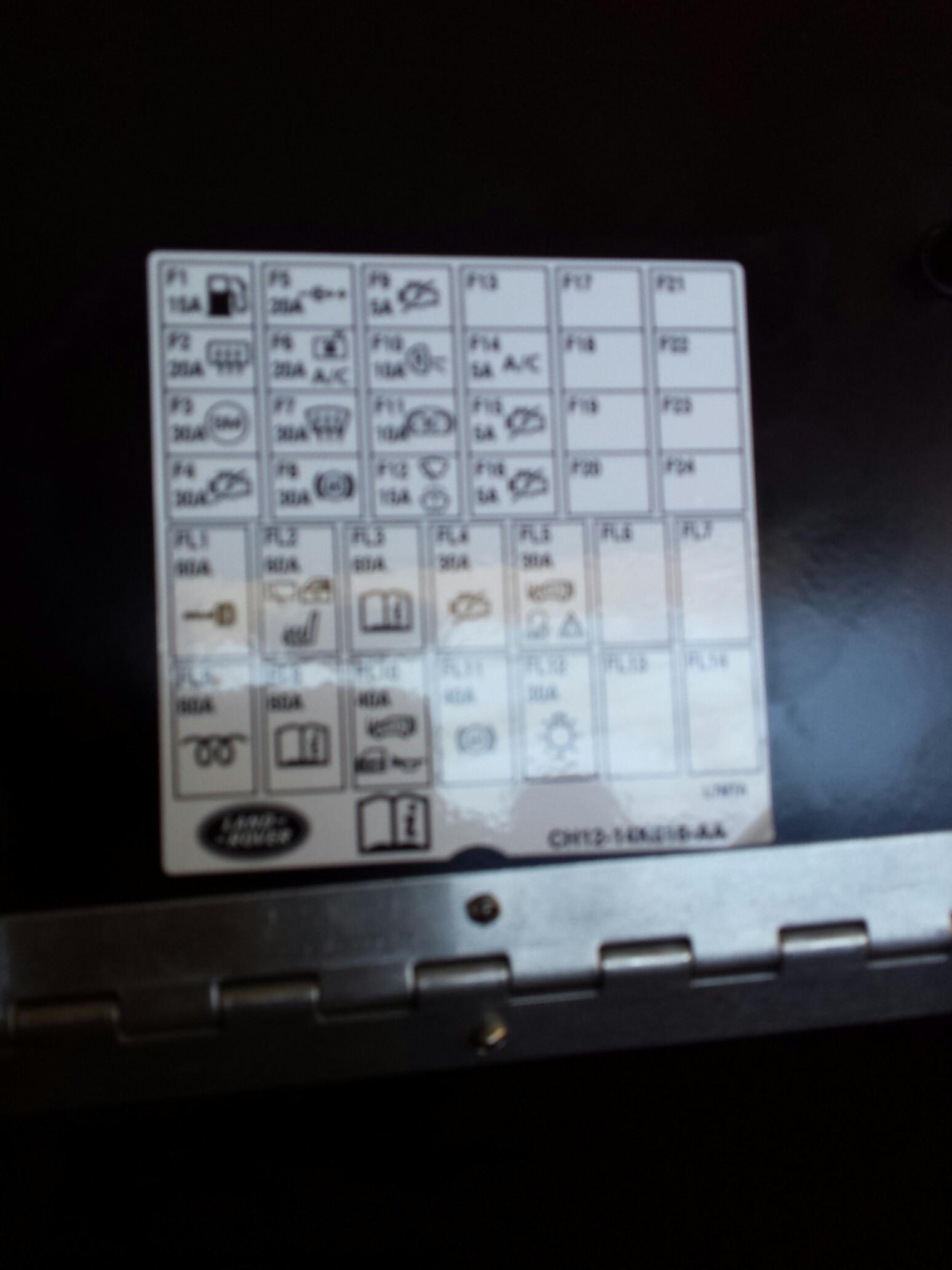
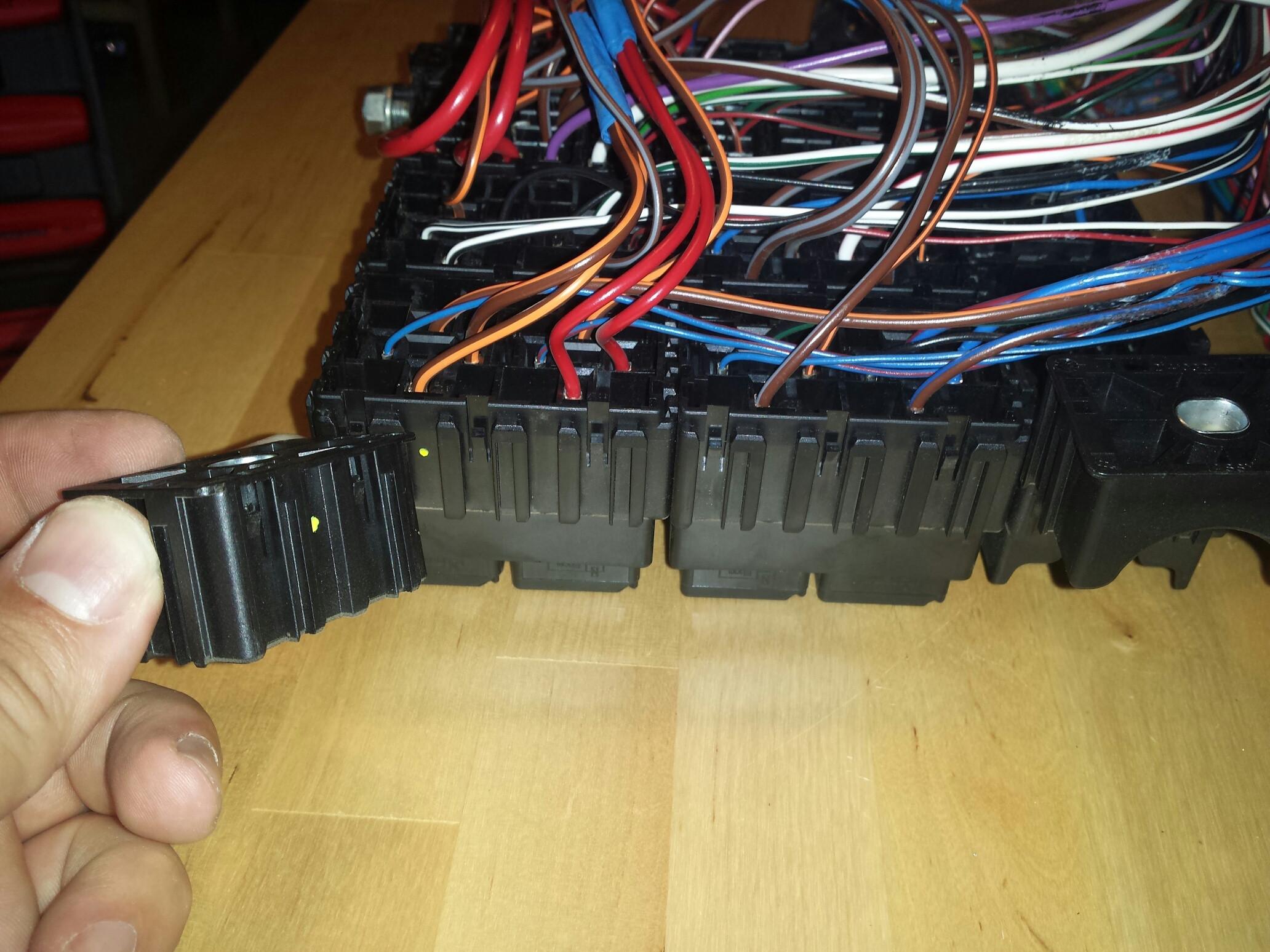
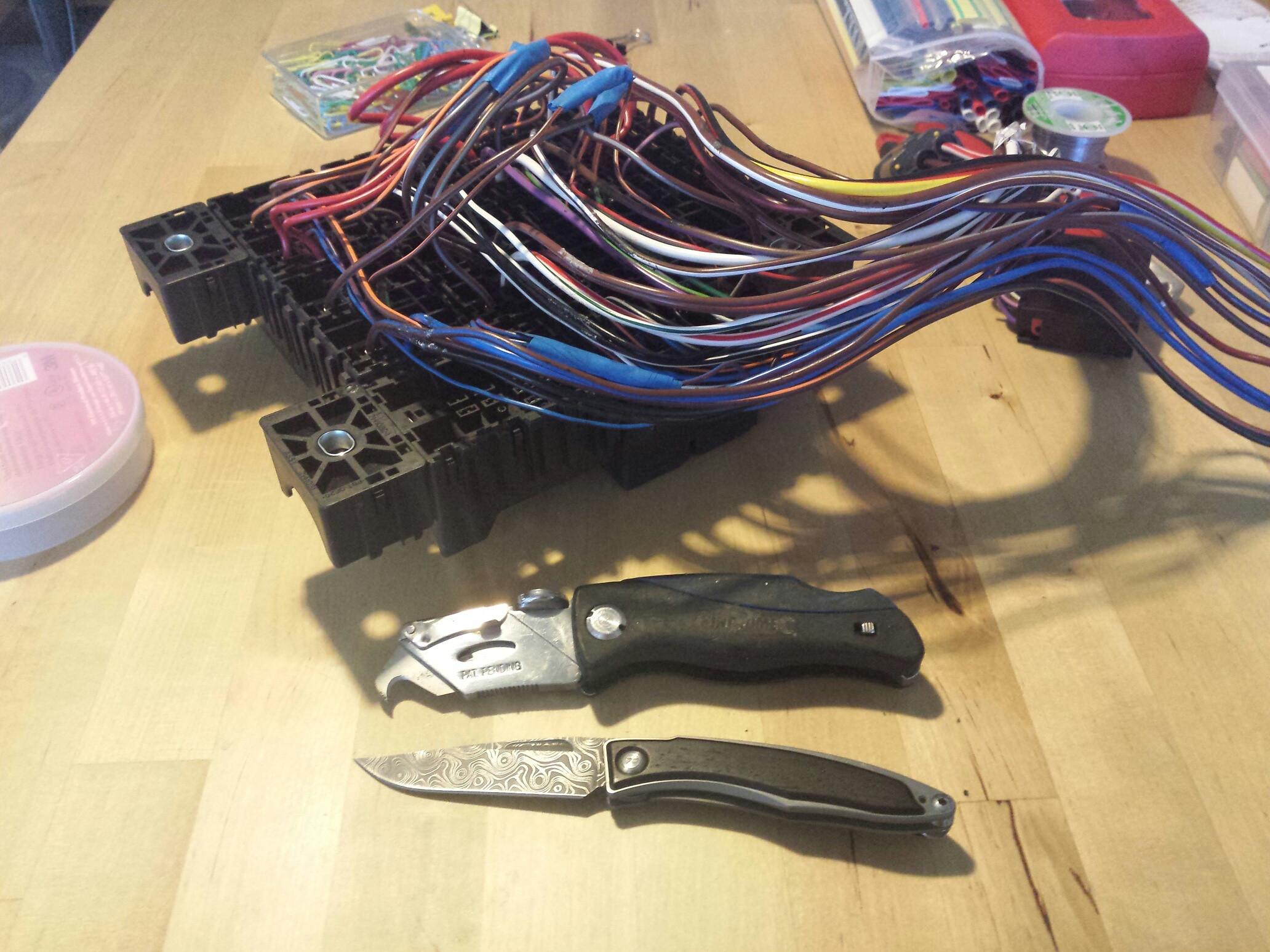
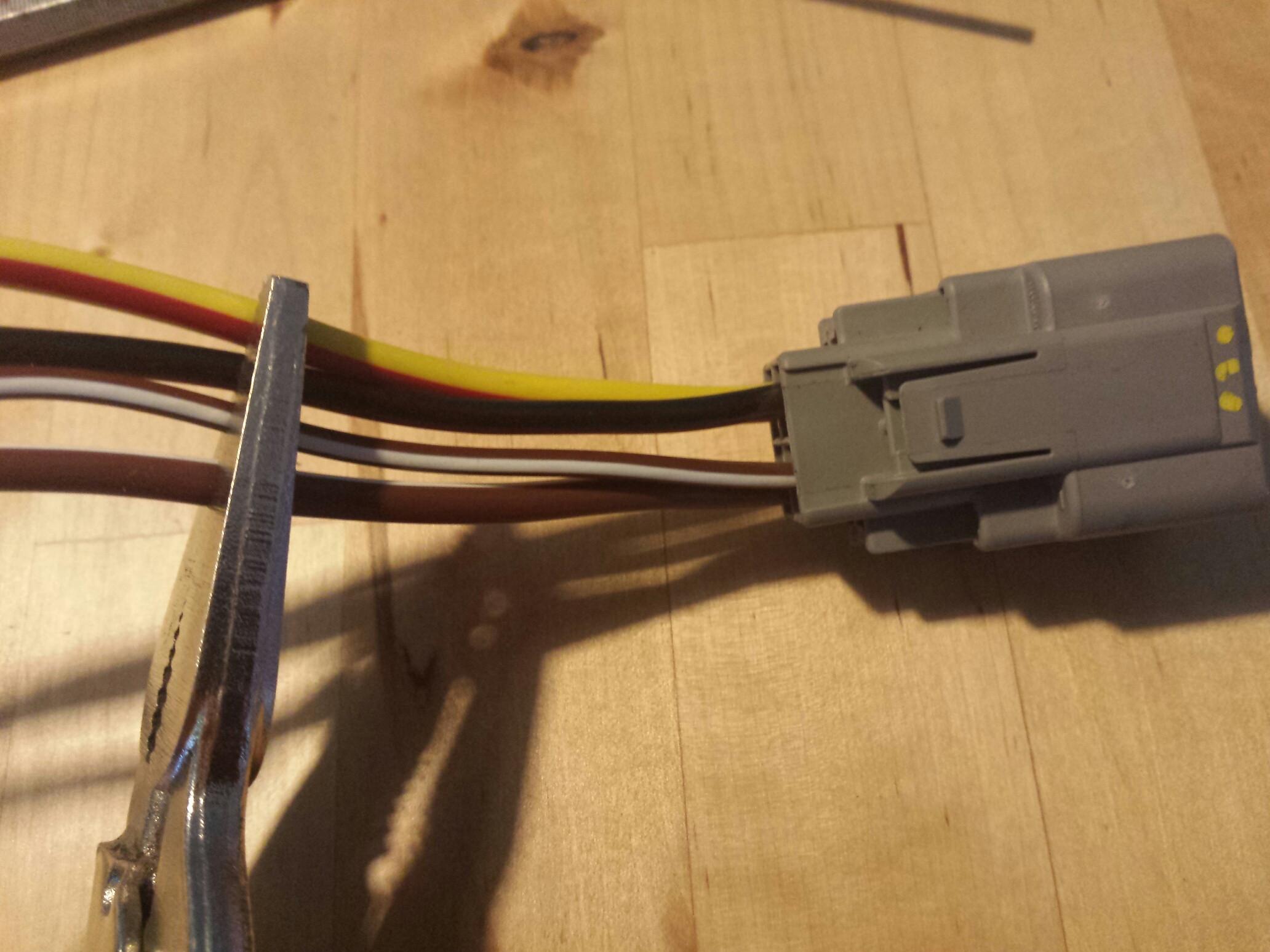
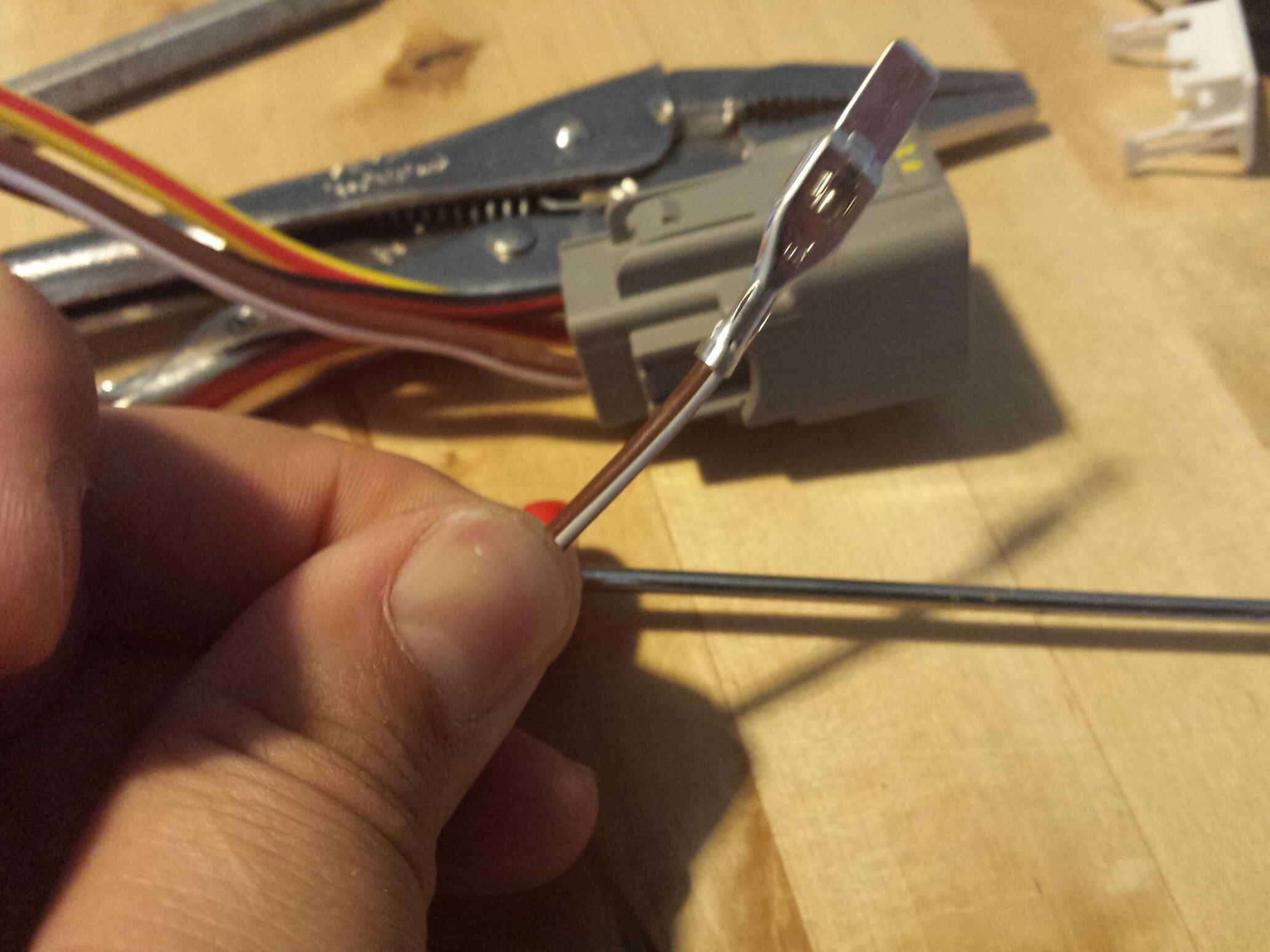

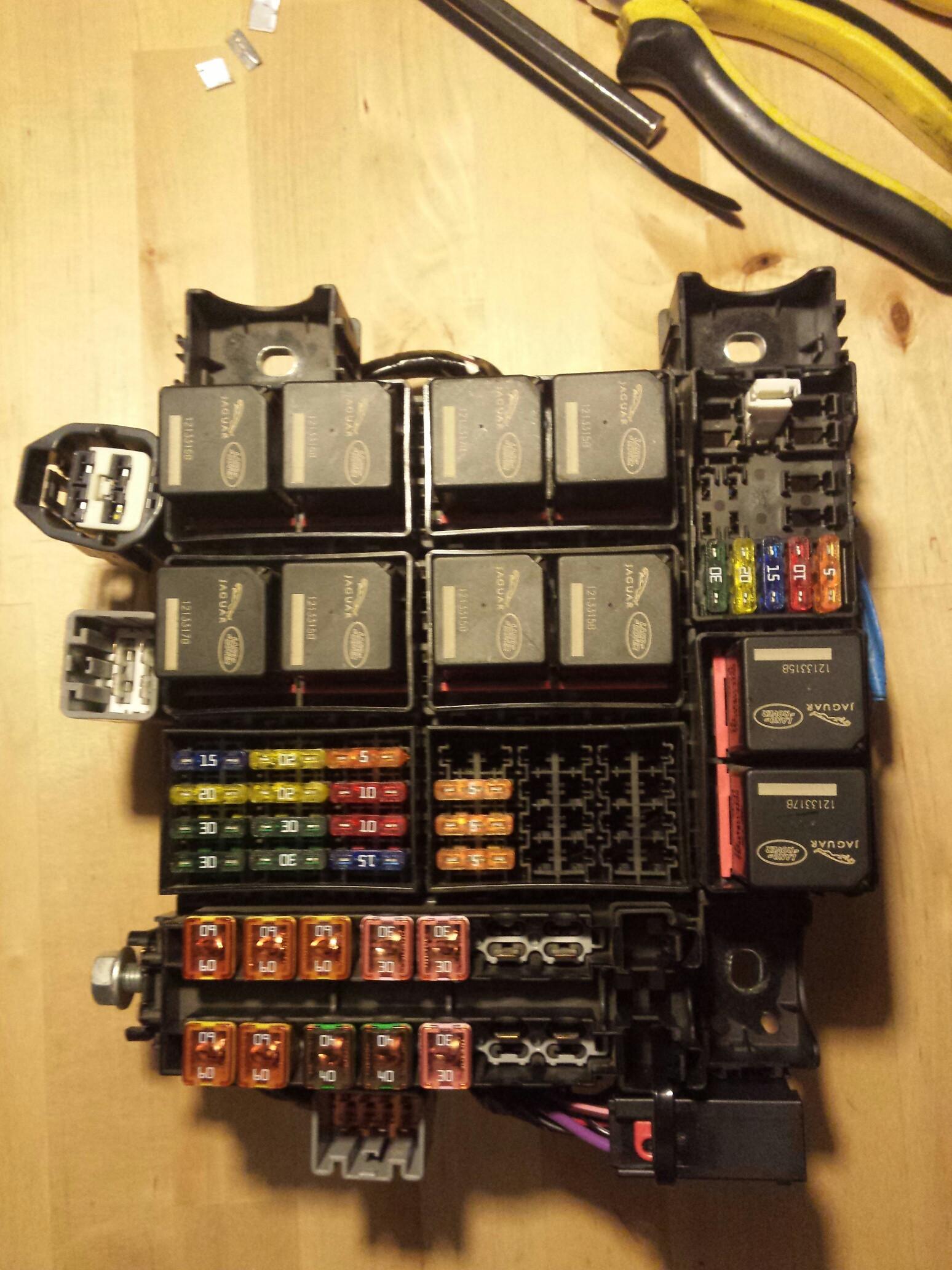
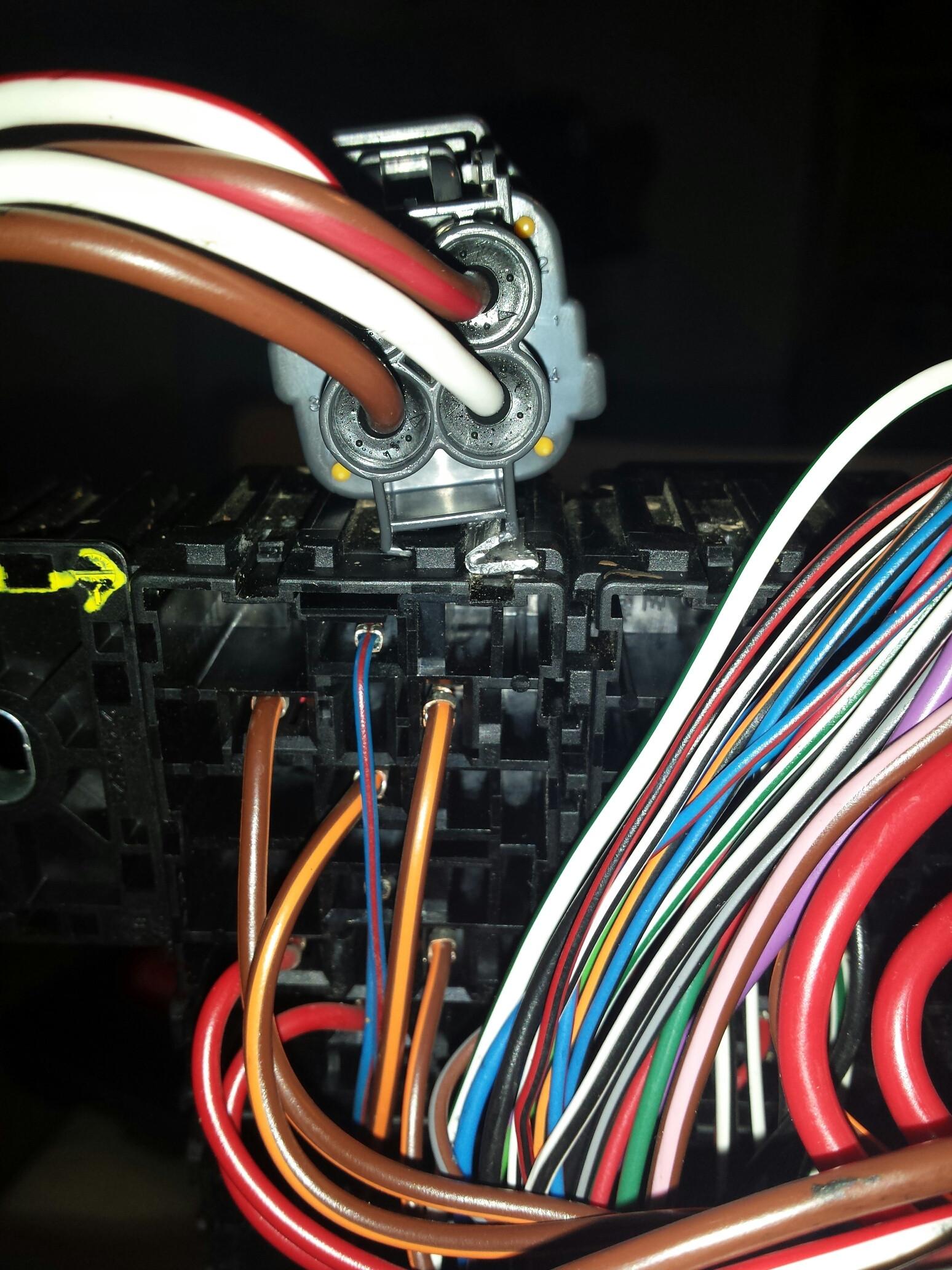

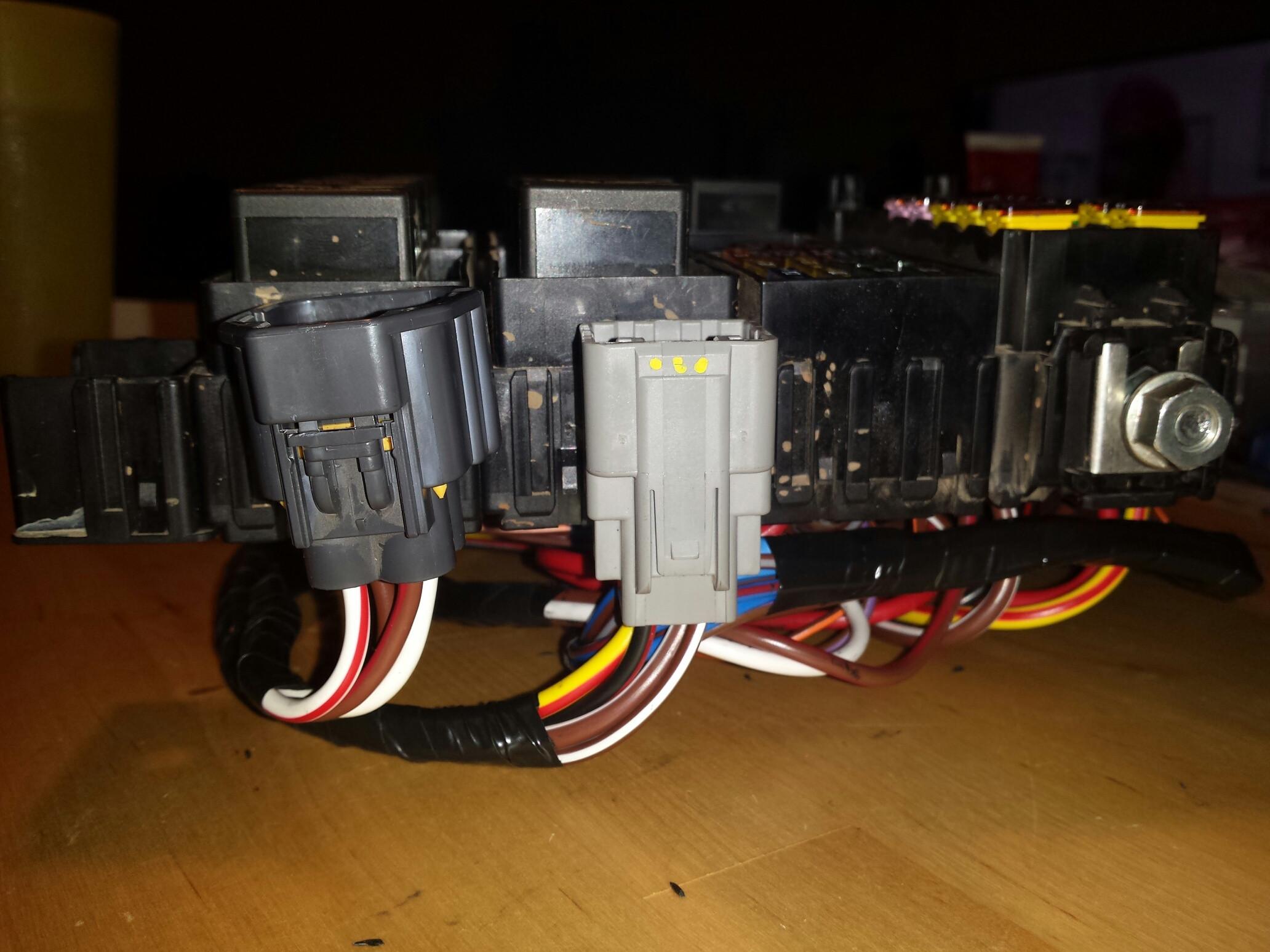
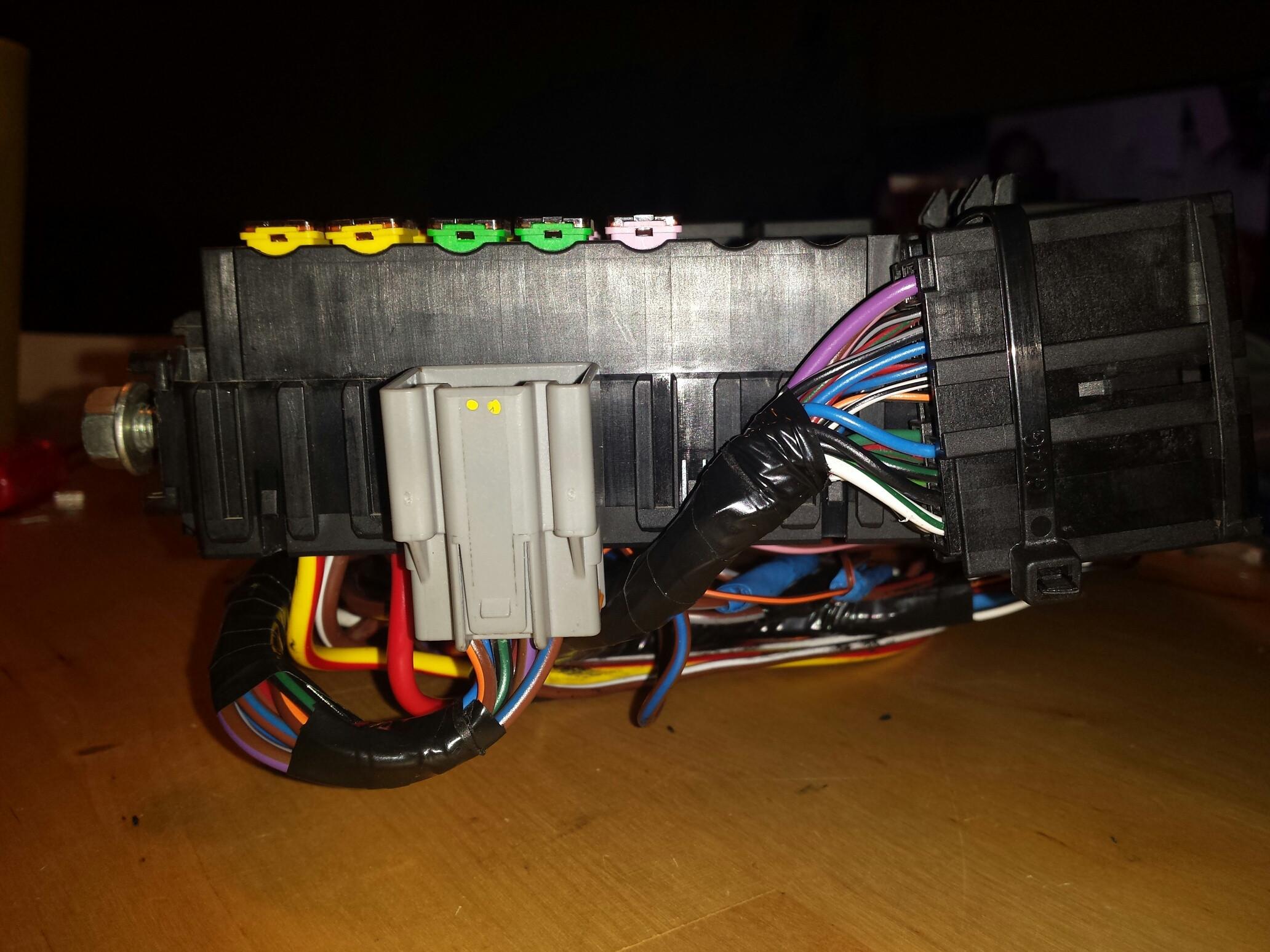
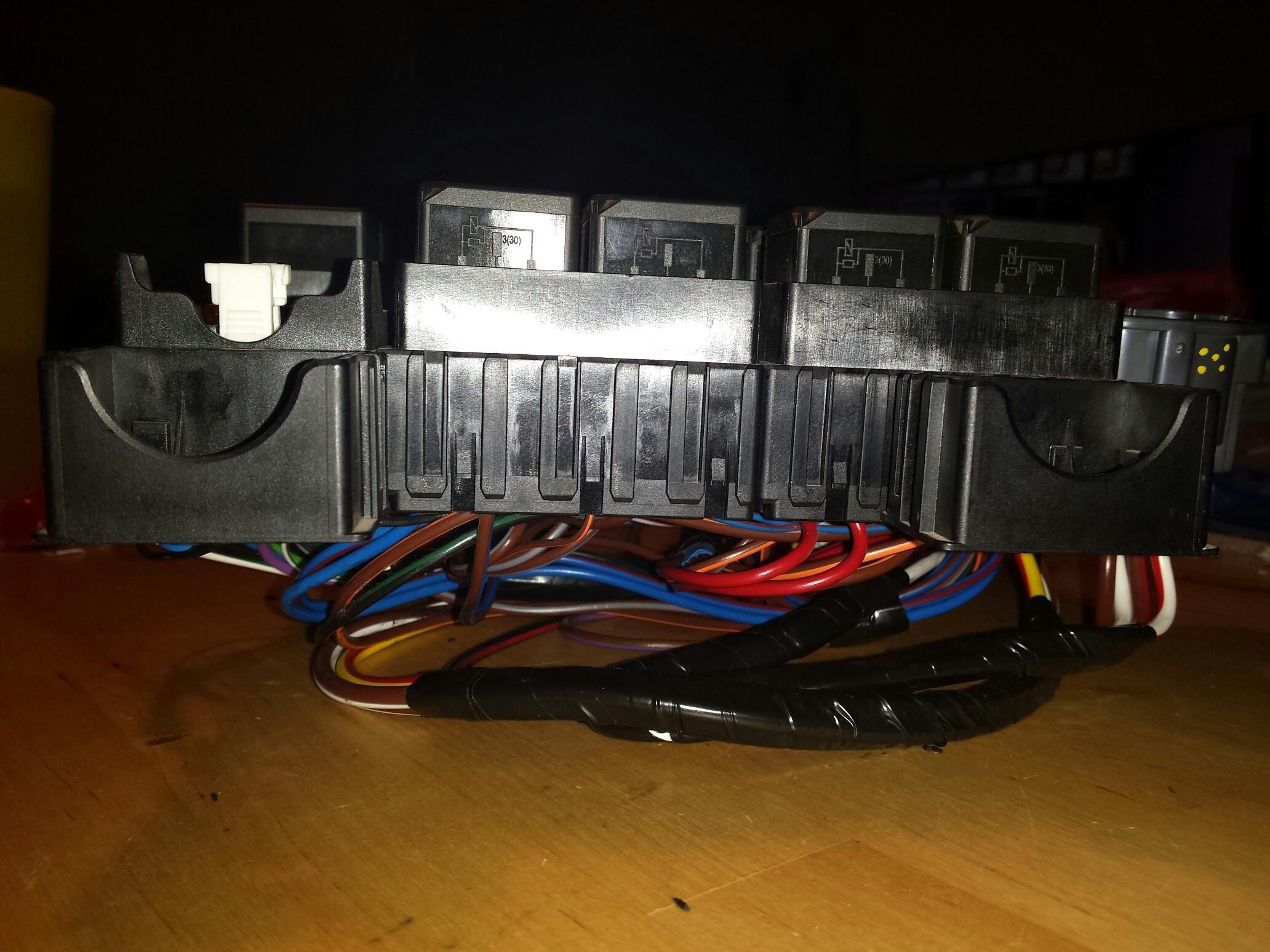

Bookmarks